Contents
Nara | Introduction
Nara is one of Japan’s ancient capitals, located just a 37-minute train ride from Osaka, making it an ideal day trip destination from Osaka. Nara became Japan's capital in 710 AD and retains many historical sites and cultural heritage, such as Todai-ji Temple and Kasuga Taisha Shrine. Perhaps what Nara is best known for are its free-roaming deer, regarded as messengers of the gods. These deer, wandering leisurely amidst the majestic temples, create a unique atmosphere of the ancient city. The best times to visit are during the cherry blossom season in spring and the autumn foliage season, allowing you to enjoy the beautiful natural scenery.
Nara | Transportation
The most convenient way to reach Nara is by taking the Kintetsu Railway. From Osaka Namba Station, it takes only 37 minutes to reach Kintetsu Nara Station. Alternatively, you can take the Kintetsu or JR lines from Kyoto, with a travel time of about 50 minutes. Most of Nara’s attractions are concentrated in the city center, making it easy to explore on foot. However, if you want to save energy or time, you can opt for city buses. It’s recommended to purchase a Nara city bus day pass, which allows for easy travel between attractions.
Kintetsu Rail Pass
Kansai Railway Multi-Day Pass
- Hotel search: Agoda
- Activities & tickets: KKday / Klook / TripAdvisor
- Travel credit cards (US only): My card picks + beginner tips
Nara | One Day Itinerary
Start your day at Kintetsu Nara Station, then head to Kofuku-ji Temple, followed by a visit to Nara Park to see the cute deer. Afterward, walk to Todai-ji Temple, and then take the Wakakusa-yama Path to Kasuga Taisha Shrine. After the tour, you can return to the area around Kintetsu Nara Station to enjoy local snacks.
If you plan to stay overnight in Nara, choose accommodations near Kintetsu Nara Station, making it convenient for travel to other cities like Osaka or Kyoto. Another great option is staying near Nara Park, where you can enjoy the unique experience of strolling with the deer in the early morning.
Looking for a stay in Nara?
Nara | Attractions
Kofuku-ji Temple
Kofuku-ji Temple is one of Nara’s most famous Buddhist temples, just a 10-minute walk from Kintetsu Nara Station. A UNESCO World Heritage Site, Kofuku-ji was initially built by the Fujiwara clan in 710 AD and has undergone several reconstructions. It remains a symbol of Nara’s cultural heritage. The temple's landmark, the five-story pagoda, stands 50 meters high, making it the second-tallest ancient pagoda in Japan (second only to the five-story pagoda in Kyoto). The original pagoda was built in 730 AD and later rebuilt in 1426 AD. In ancient Japan, Buddhist temples had close ties with political power, and during the Nara period, Kofuku-ji thrived under the support of the emperor and the Fujiwara family, becoming a center of authority in the Yamato Province, even surpassing Kasuga Taisha Shrine.
Inside the temple, there are many national treasures, making it worth spending time to explore. The main hall next to the five-story pagoda is the Eastern Golden Hall, and when we visited in 2018, both it and the National Treasure Museum were undergoing reconstruction. The domed structure to the north is the National Treasure Museum, with its current version built in 1210 AD, and houses statues from the 8th century, including works by the renowned Kamakura-period sculptor Unkei.
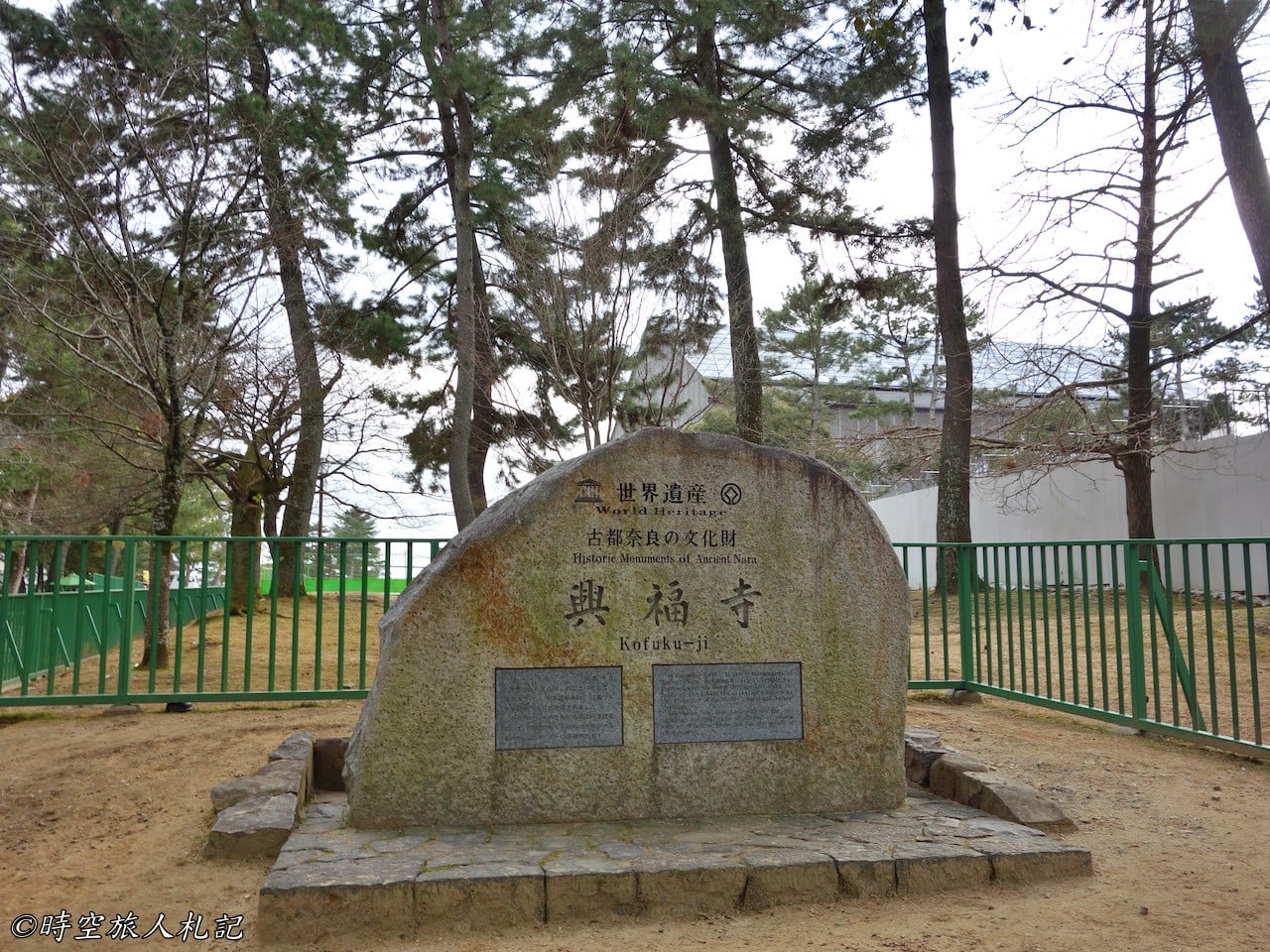
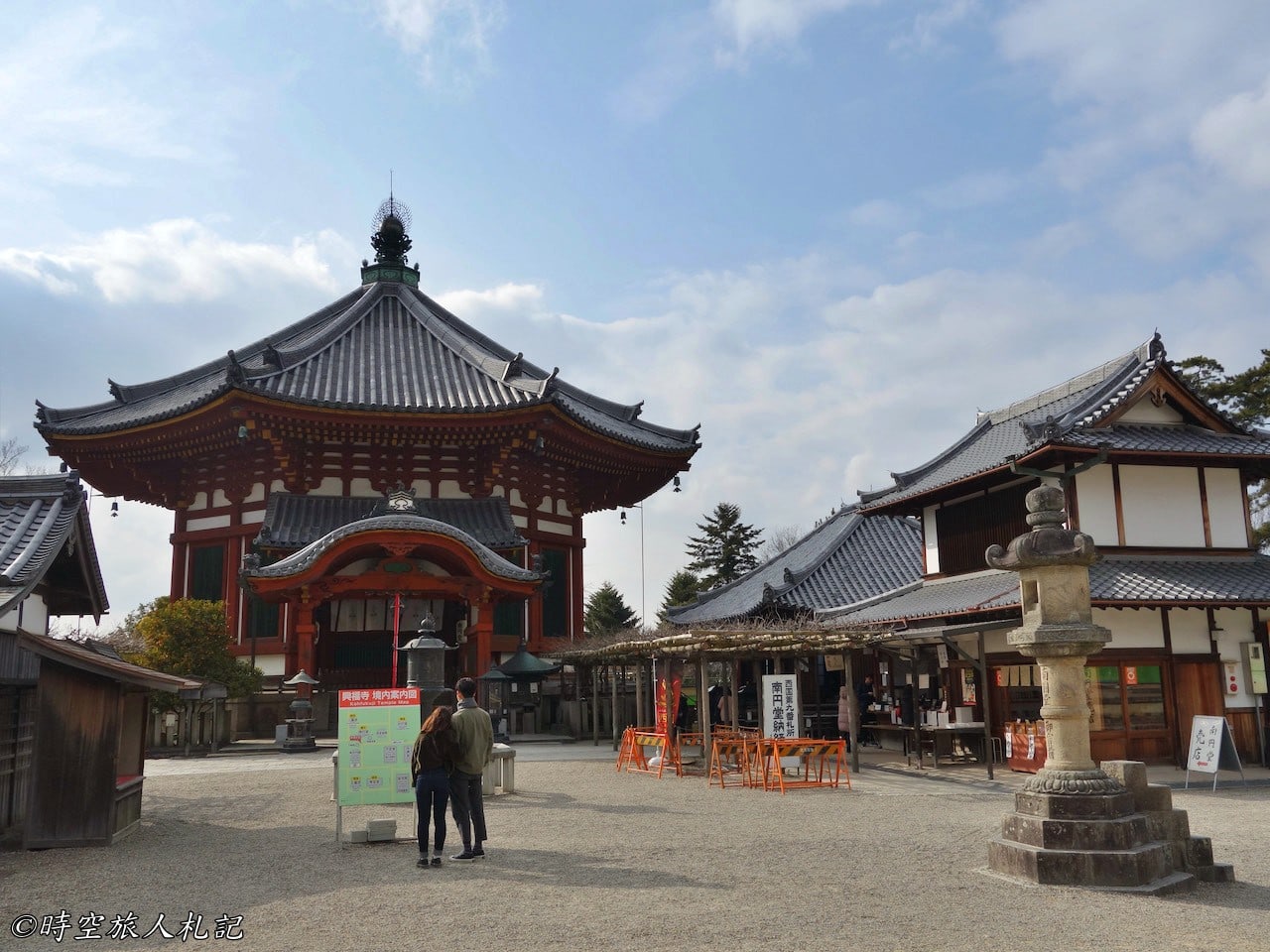

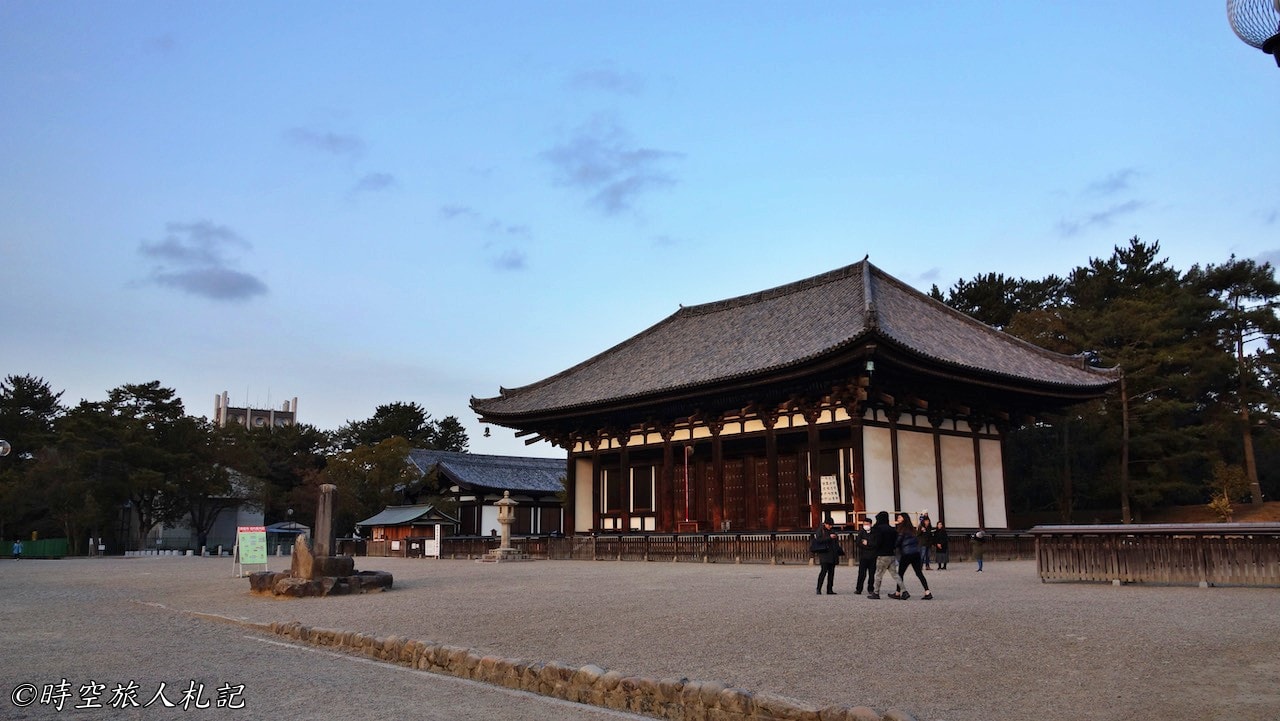
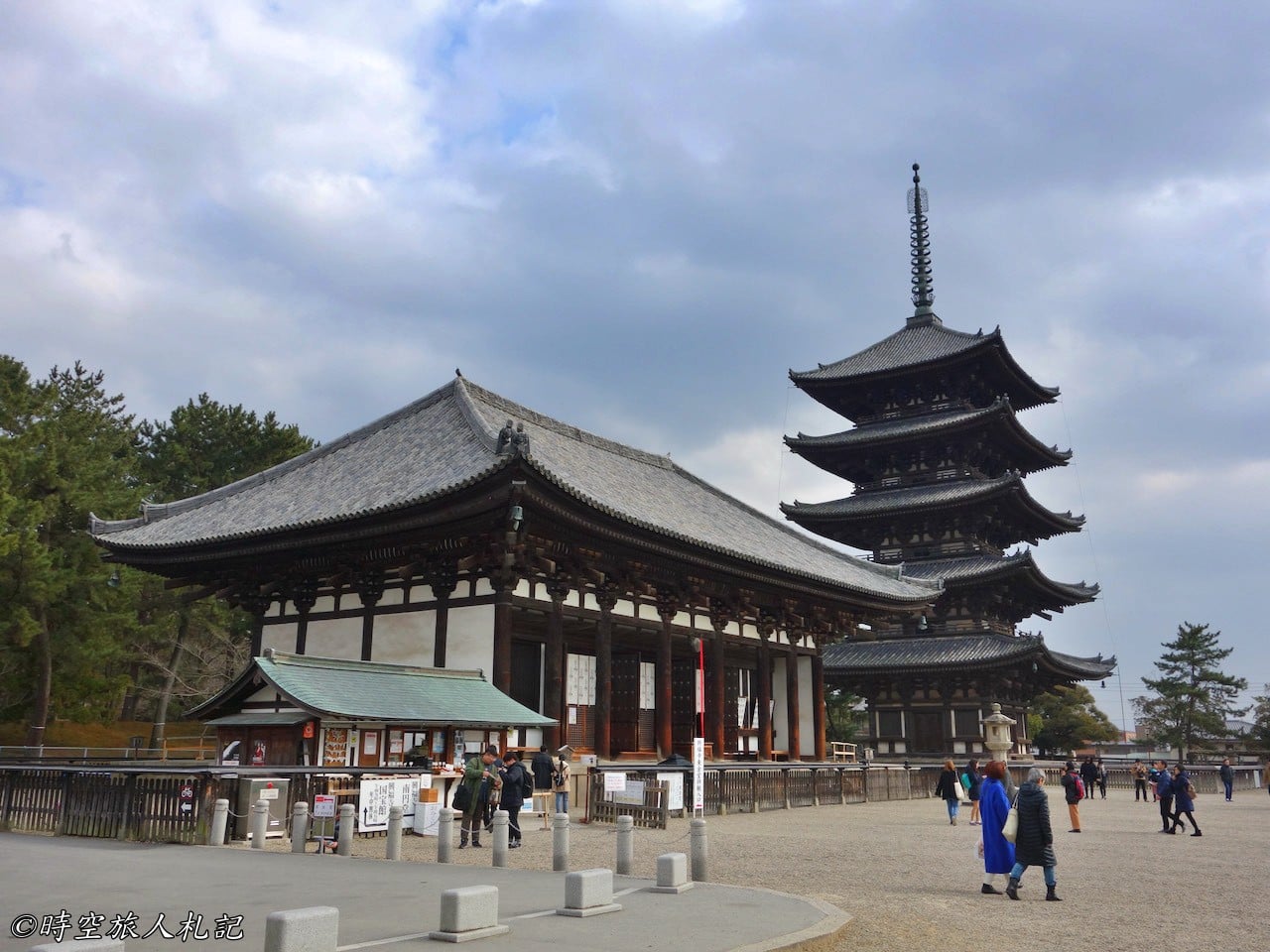
Nara Park
The most iconic feature of Nara Park is its 1,200 freely roaming deer. Why are there so many deer? Legend has it that these deer are messengers of the gods. The story dates back to 710 AD when the capital was moved to Nara, and the Fujiwara clan's guardian deity, Takemikazuchi-no-Mikoto, is said to have ridden a white deer to relocate to Kasuga Taisha Shrine. Since then, the deer have been regarded as sacred and allowed to freely roam and reproduce.
Visitors can buy deer crackers to feed these friendly animals. In addition to the deer, the park offers beautiful cherry blossoms in spring and stunning autumn leaves in fall.
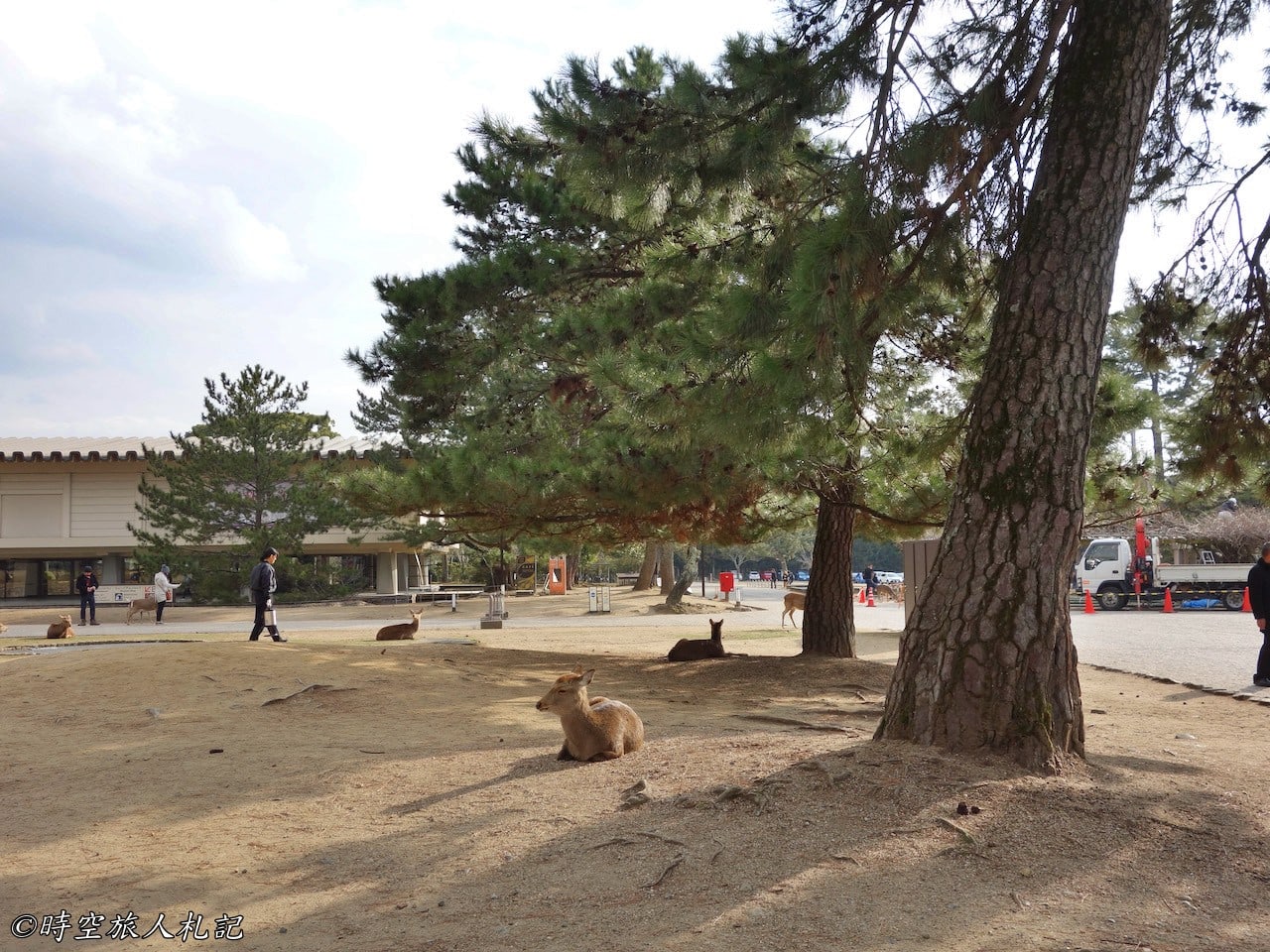

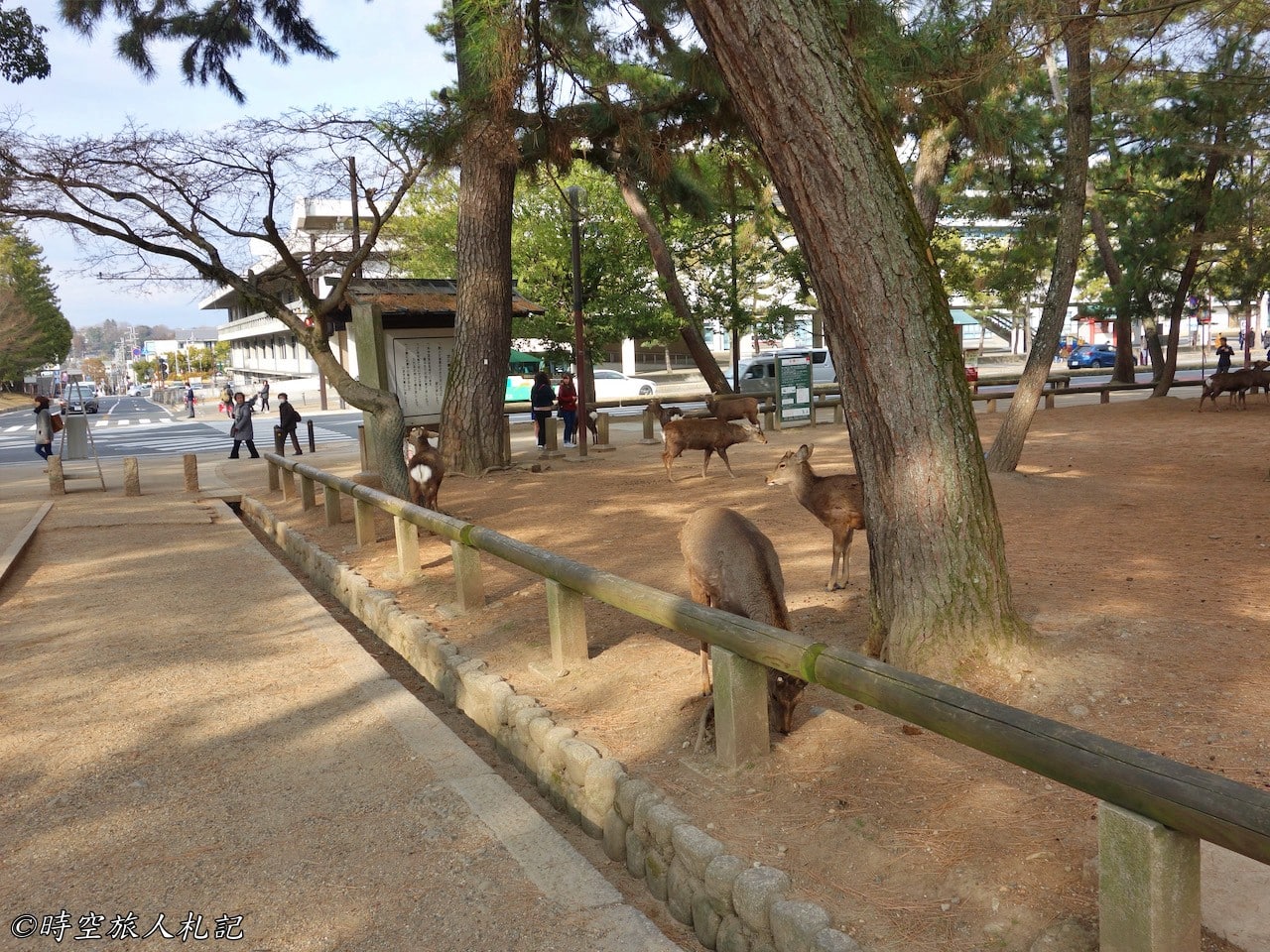
The deer are very accustomed to visitors. As you walk towards Todai-ji Temple, you will continue to see deer along the way. These deer are unafraid of humans, and you might even witness them playfully chasing tourists.
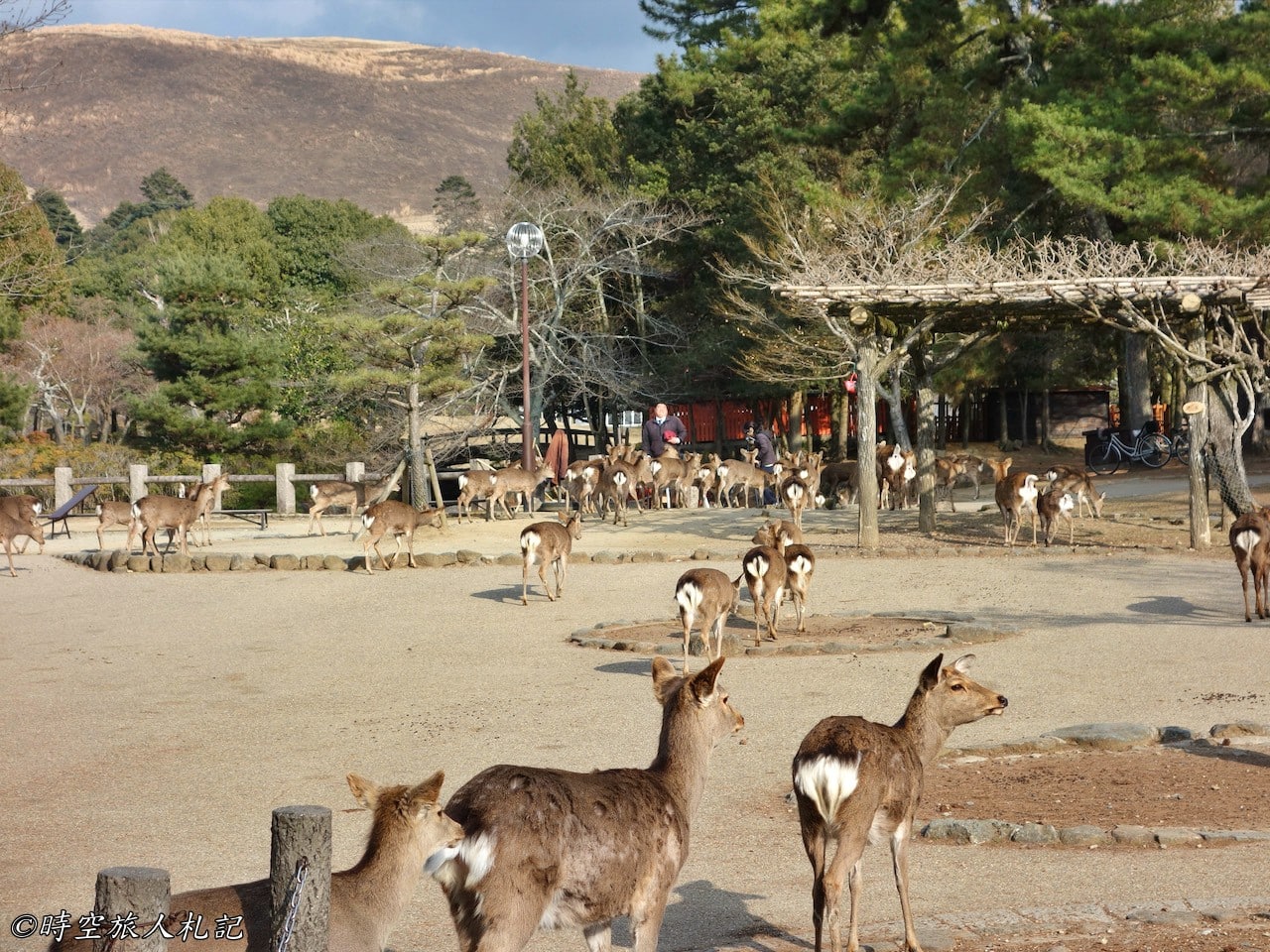
Todai-ji Temple
Todai-ji is Nara's most iconic Buddhist temple and is also a UNESCO World Heritage Site. Originally founded by Emperor Shomu in 728 AD to protect Japan from disasters, it was initially called Kinshō-ji Temple and was built to pray for the late crown prince. In 741 AD, Emperor Shomu, believing in state protection through Buddhism, established 68 national temples, with the current Todai-ji serving as the head temple. Construction of the Great Buddha Hall began in 745 AD, marking the renaming of the temple to Todai-ji, which now has a history of almost 1,300 years.
The imposing South Gate, adorned with the Daibutsu plaque, offers the first glimpse of the temple's grandeur.


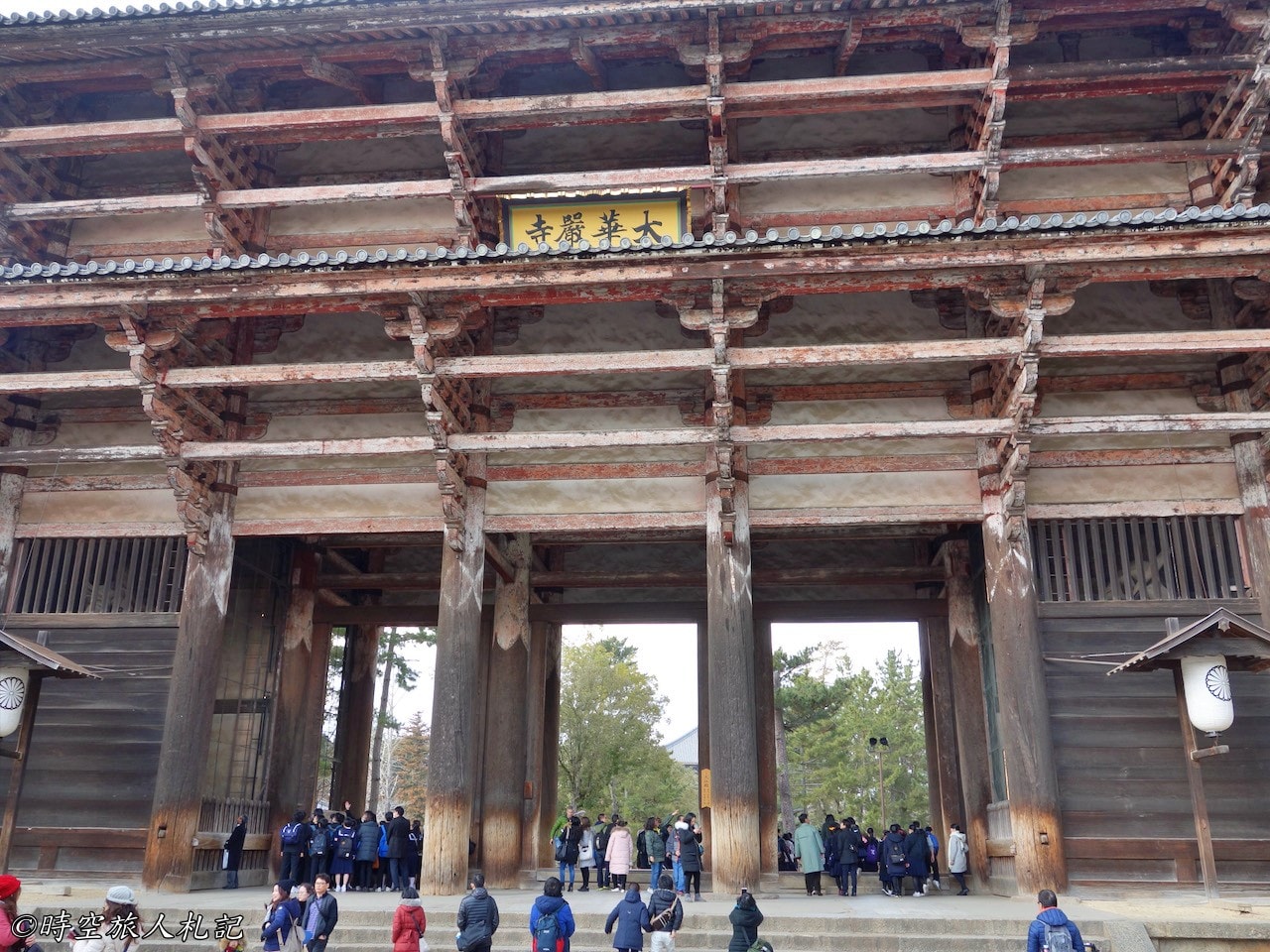
Todai-ji’s Great Buddha Hall is the largest wooden structure in the world, housing a 15-meter-tall bronze statue of the Buddha. Although Todai-ji was destroyed during warfare, the current Great Buddha Hall was rebuilt in 1709, taking 25 years to complete. Even though it is only two-thirds of its original size, it still retains the complete style of the Tang Dynasty. The architectural and sculptural artifacts within Todai-ji play an essential role in Japan’s art history.
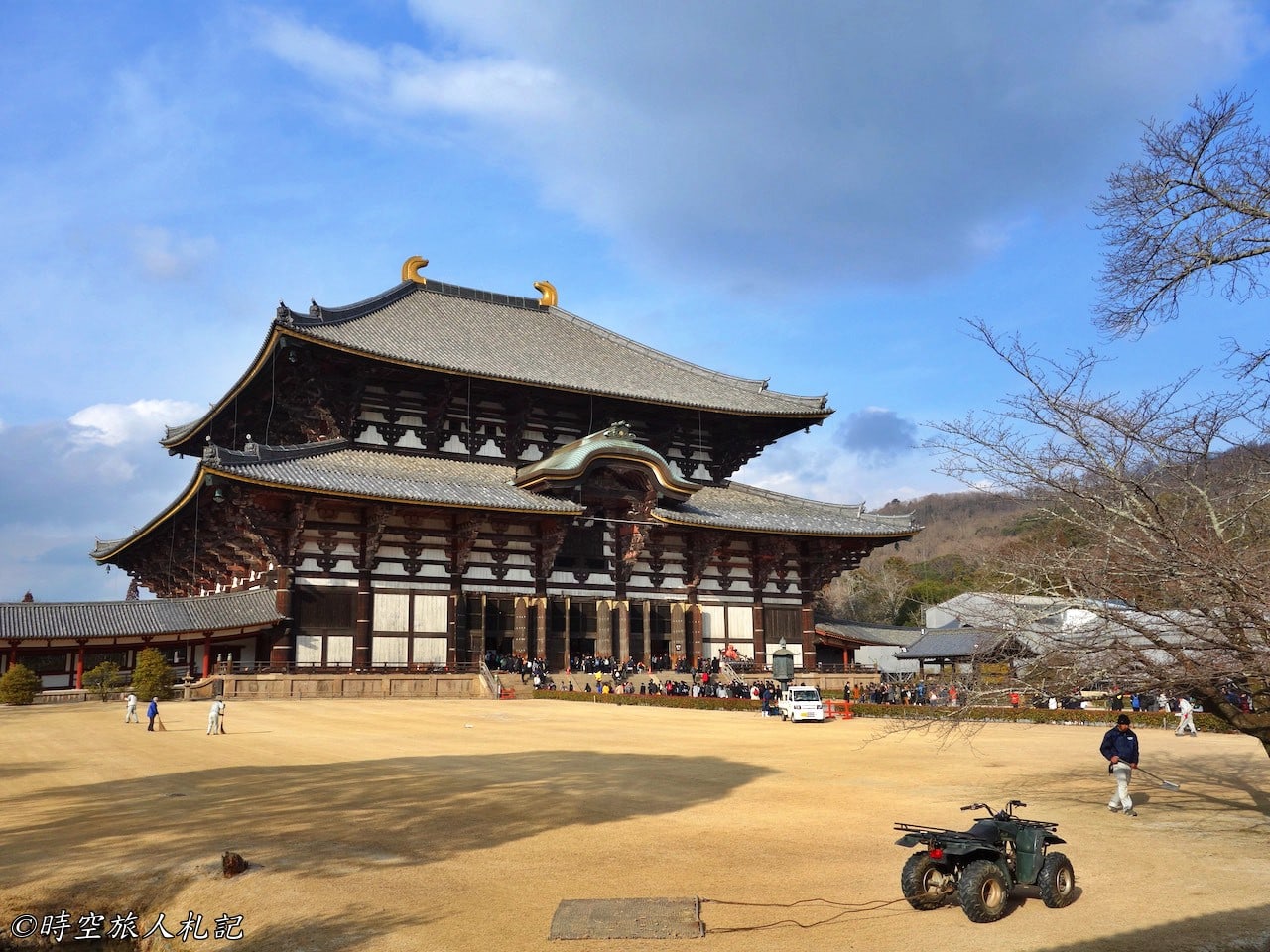
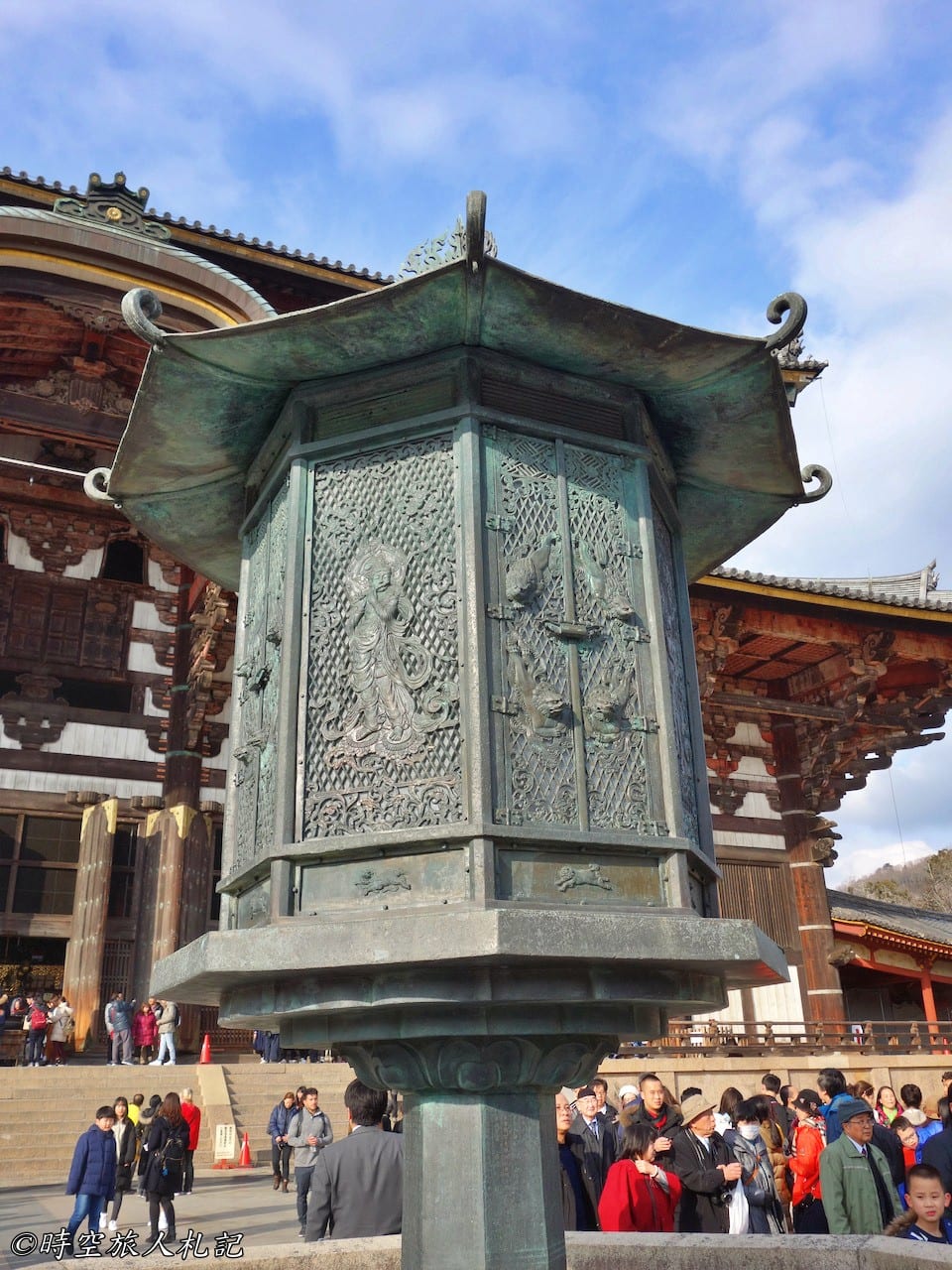
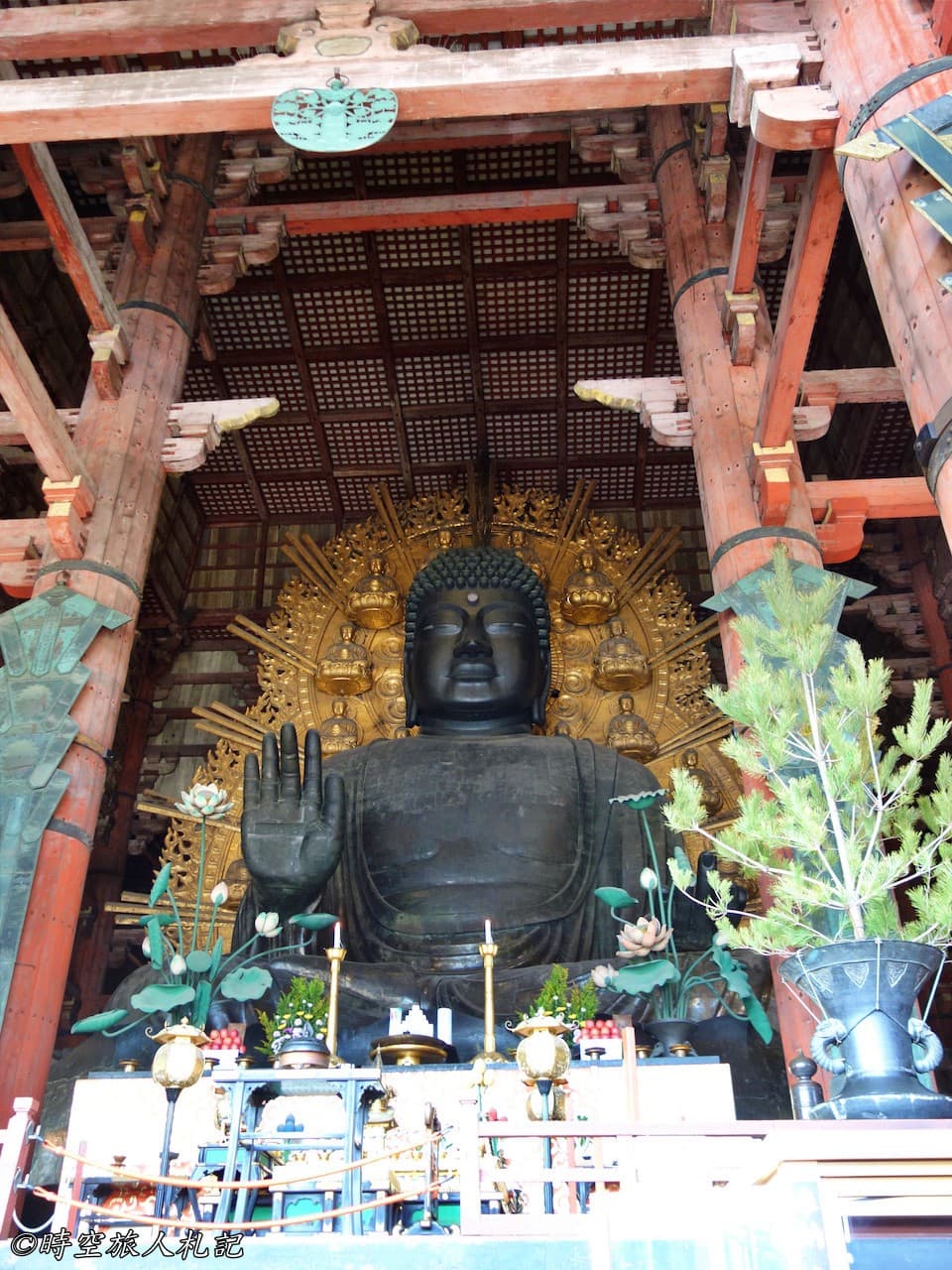
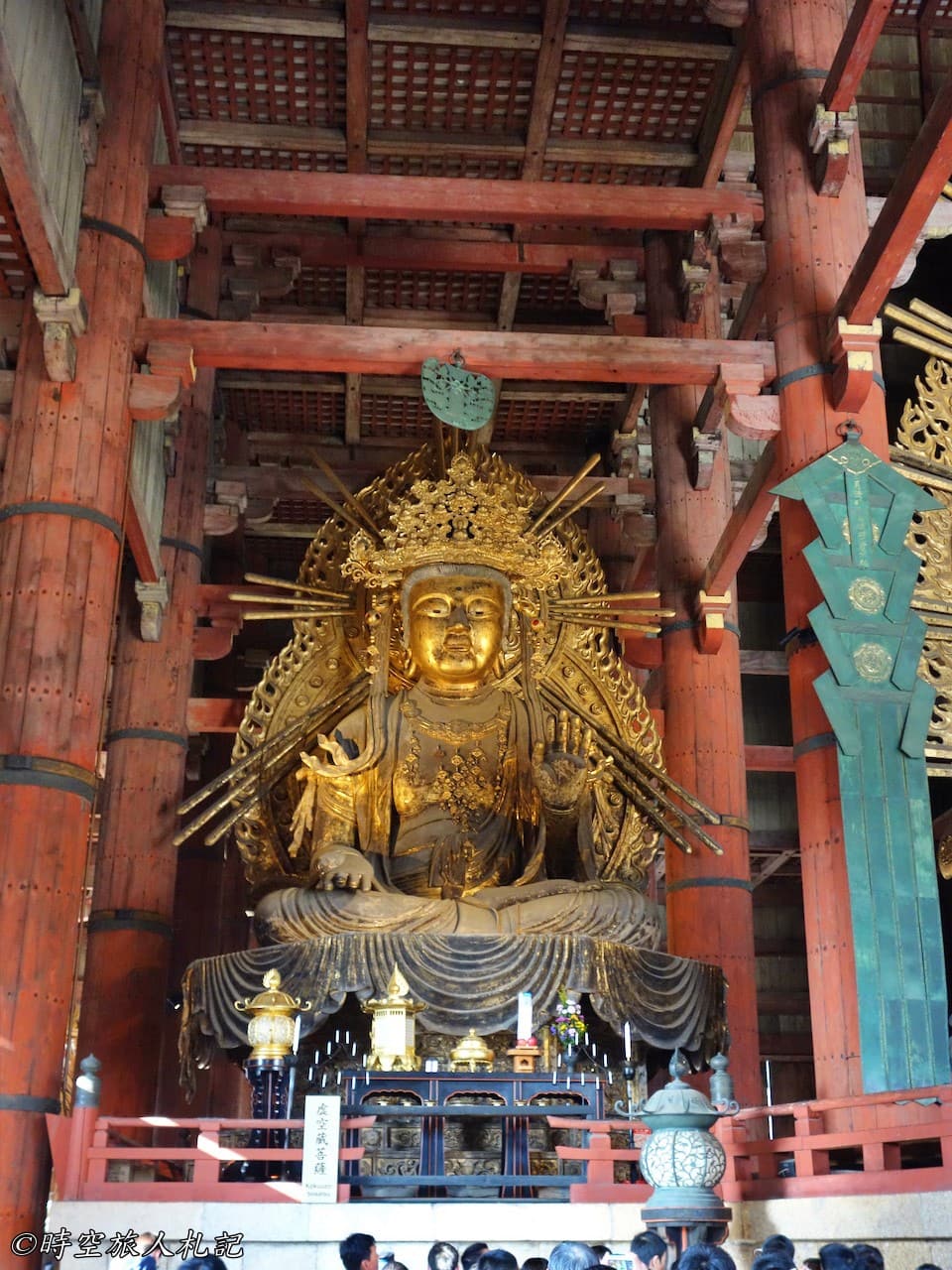

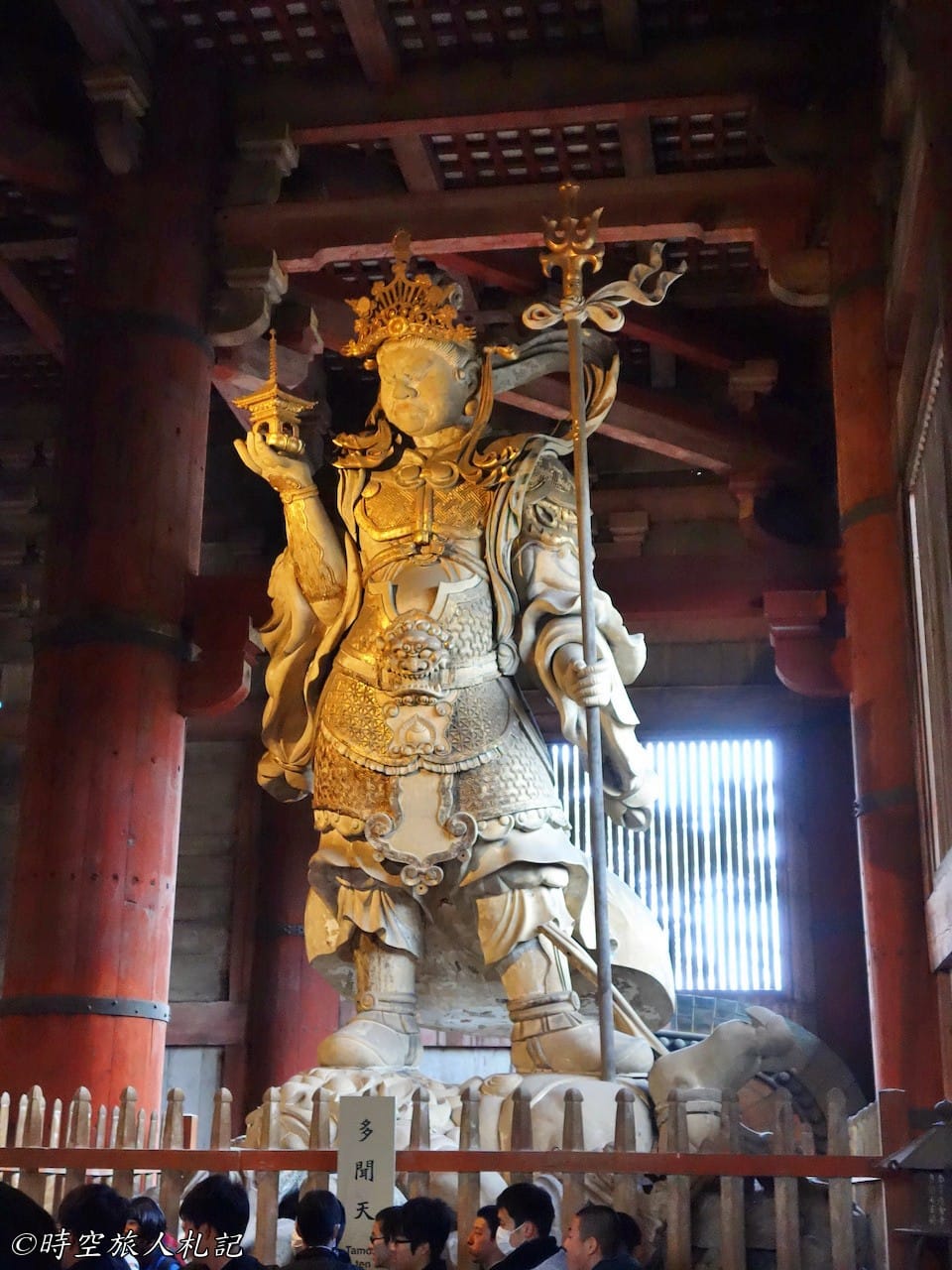

Wakakusa-yama Path
Heading from Todai-ji towards Tegaimon Shrine, after passing through its torii gate, you’ll enter the Wakakusa-yama Path area. Along this path, you can walk to Kasuga Taisha Shrine. The route passes by Nigatsu-do Hall, Sangatsu-do Hall, Tegaimon Shrine, and Wakakusa-yama, offering beautiful scenery, especially for cherry blossoms and autumn foliage. Visitors can enjoy the serene atmosphere and walk alongside the deer, experiencing the harmony between nature and history.
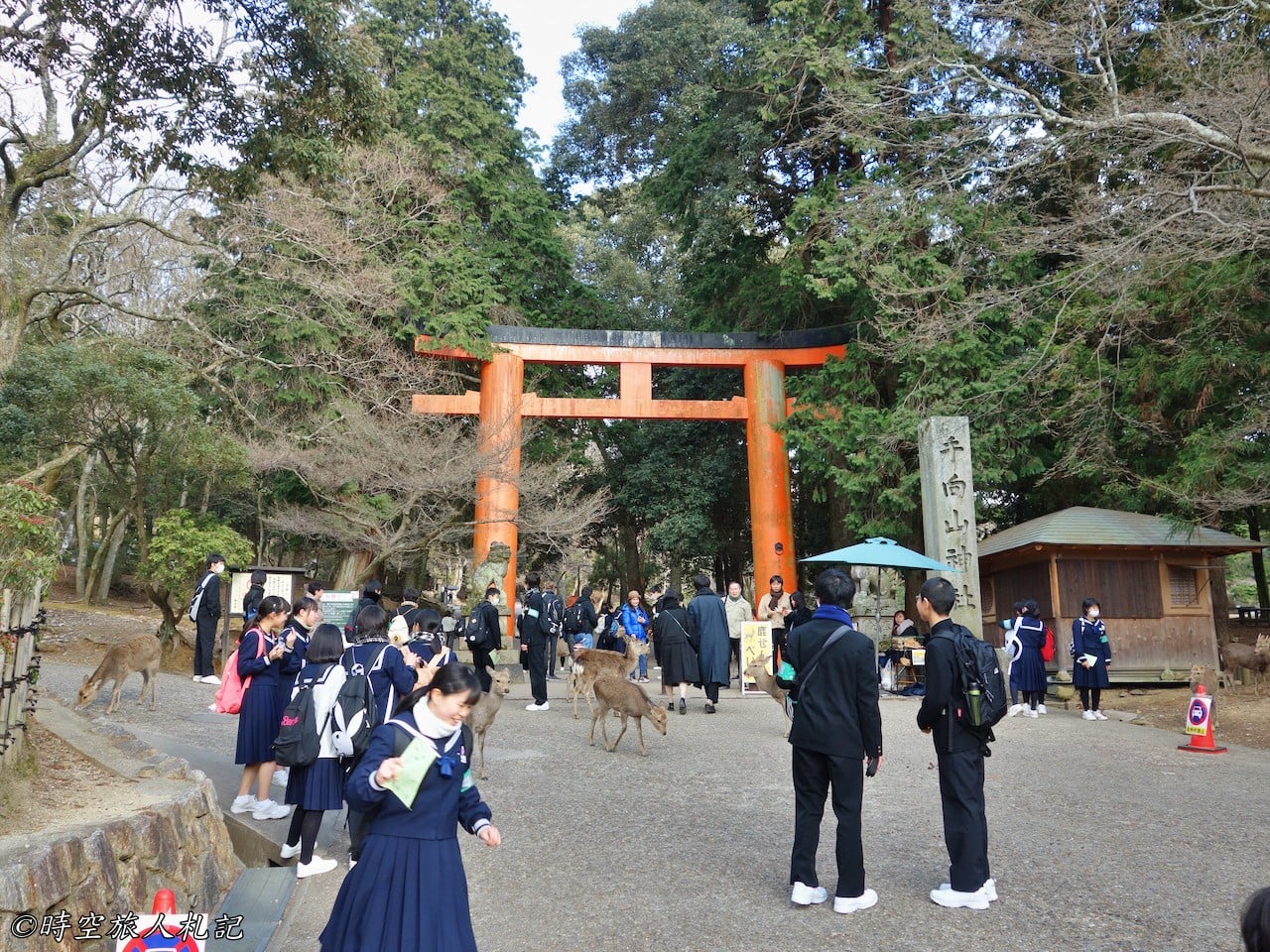
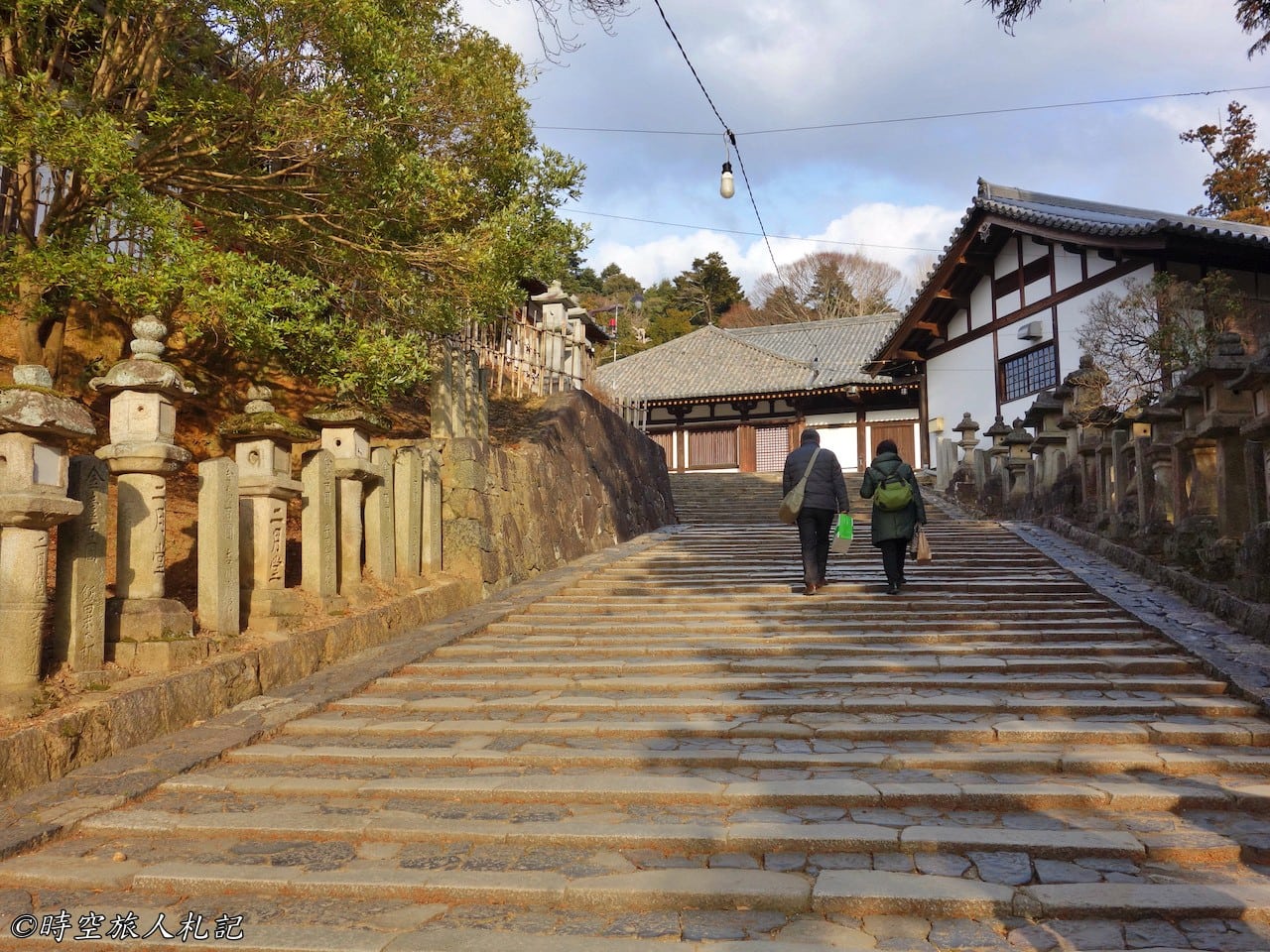
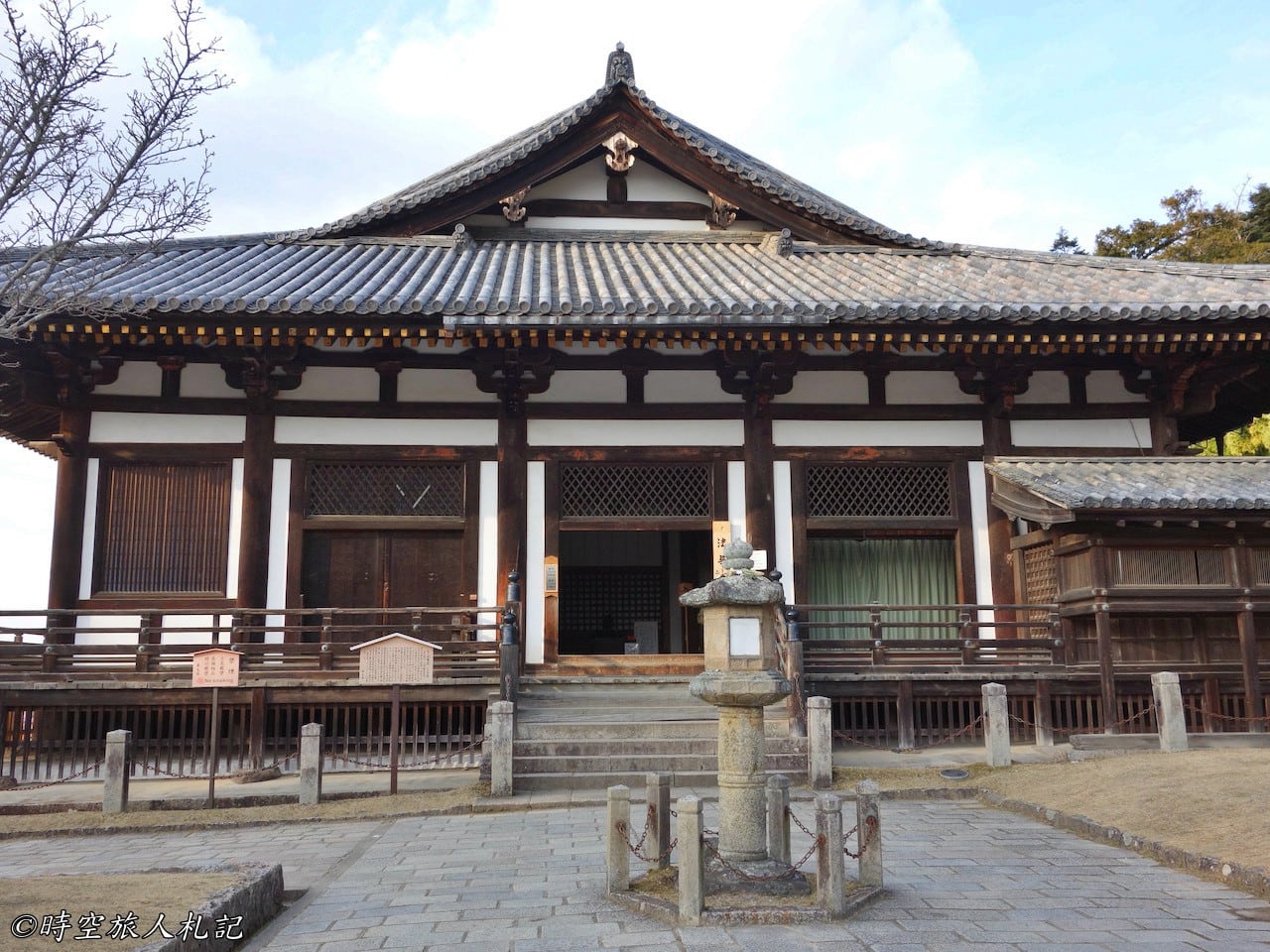

Tegaimon Shrine, built during the Kamakura period, dates back to the Nara period (749 AD) and is primarily dedicated to Takemikazuchi-no-Mikoto, Futsunushi-no-Mikoto, and other deities. It was originally established to protect Todai-ji.
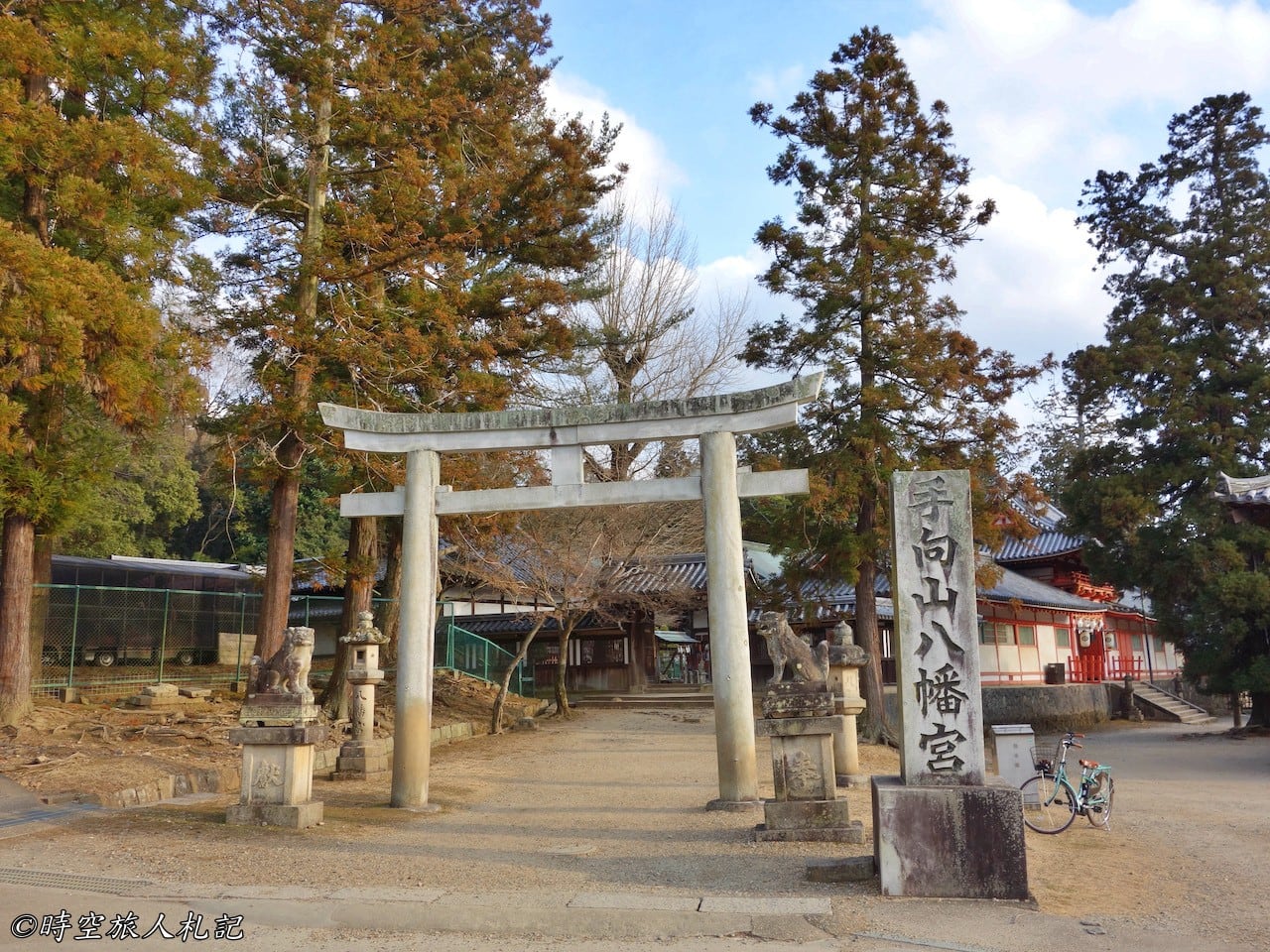
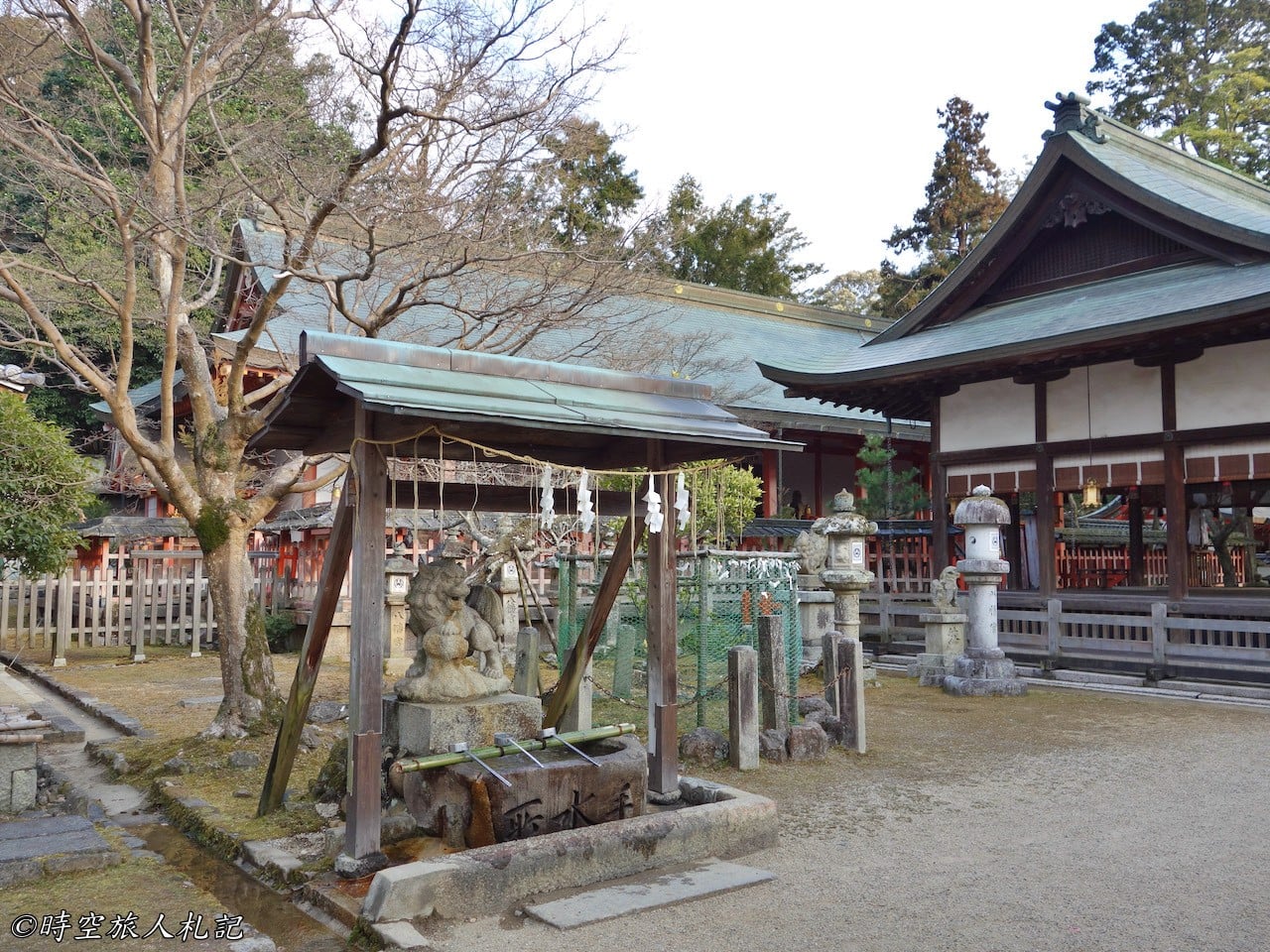
After passing Tegaimon Shrine, you’ll encounter a few small shops. There are only a handful of visitors, especially on winter afternoons, creating a tranquil atmosphere. The deer here outnumber the people, and we walked quietly, not wanting to disturb them. Across the way is the back area of Nara Park, with a wide, open expanse. Climbing the stairs leads to a trailhead.
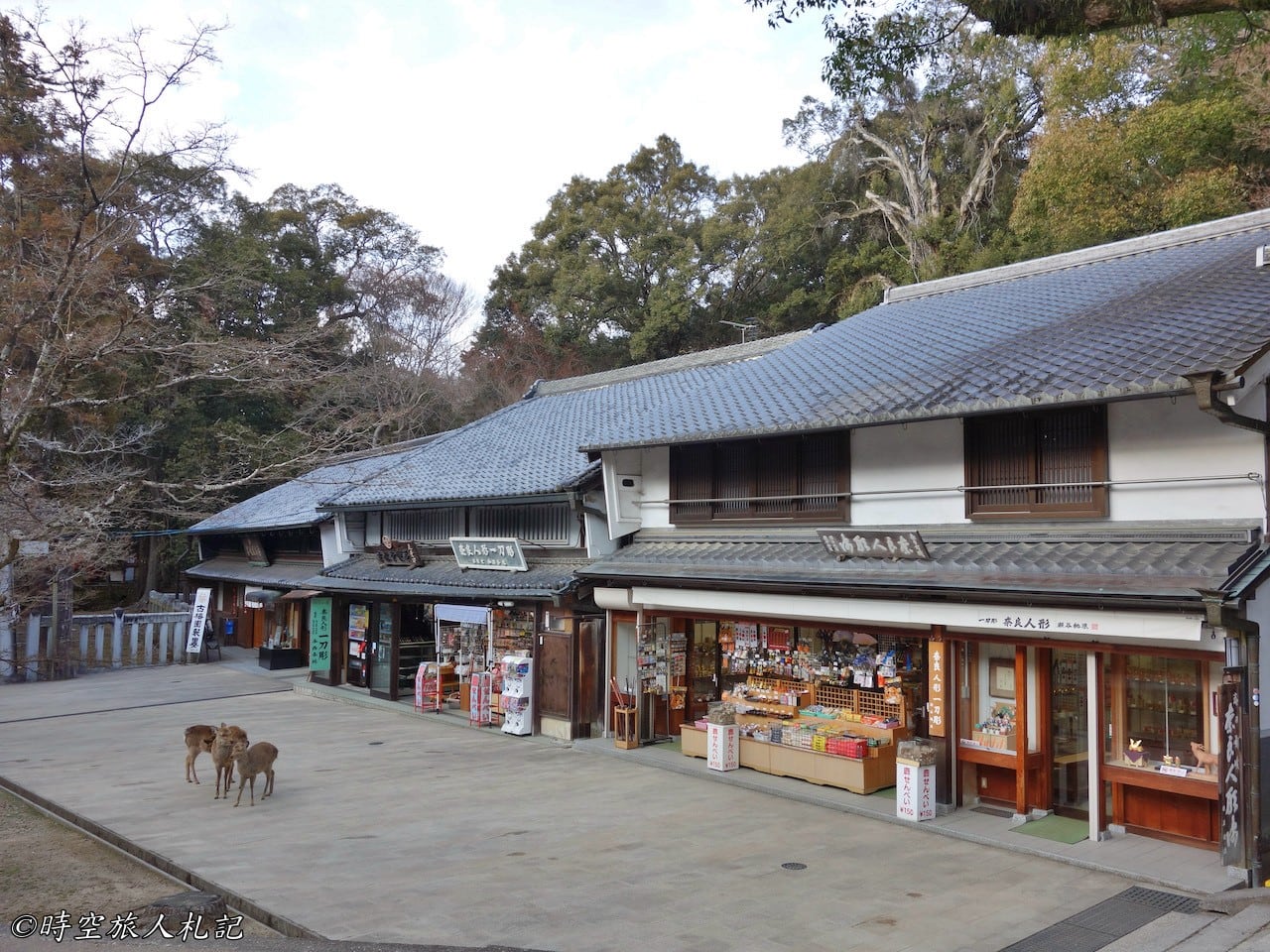

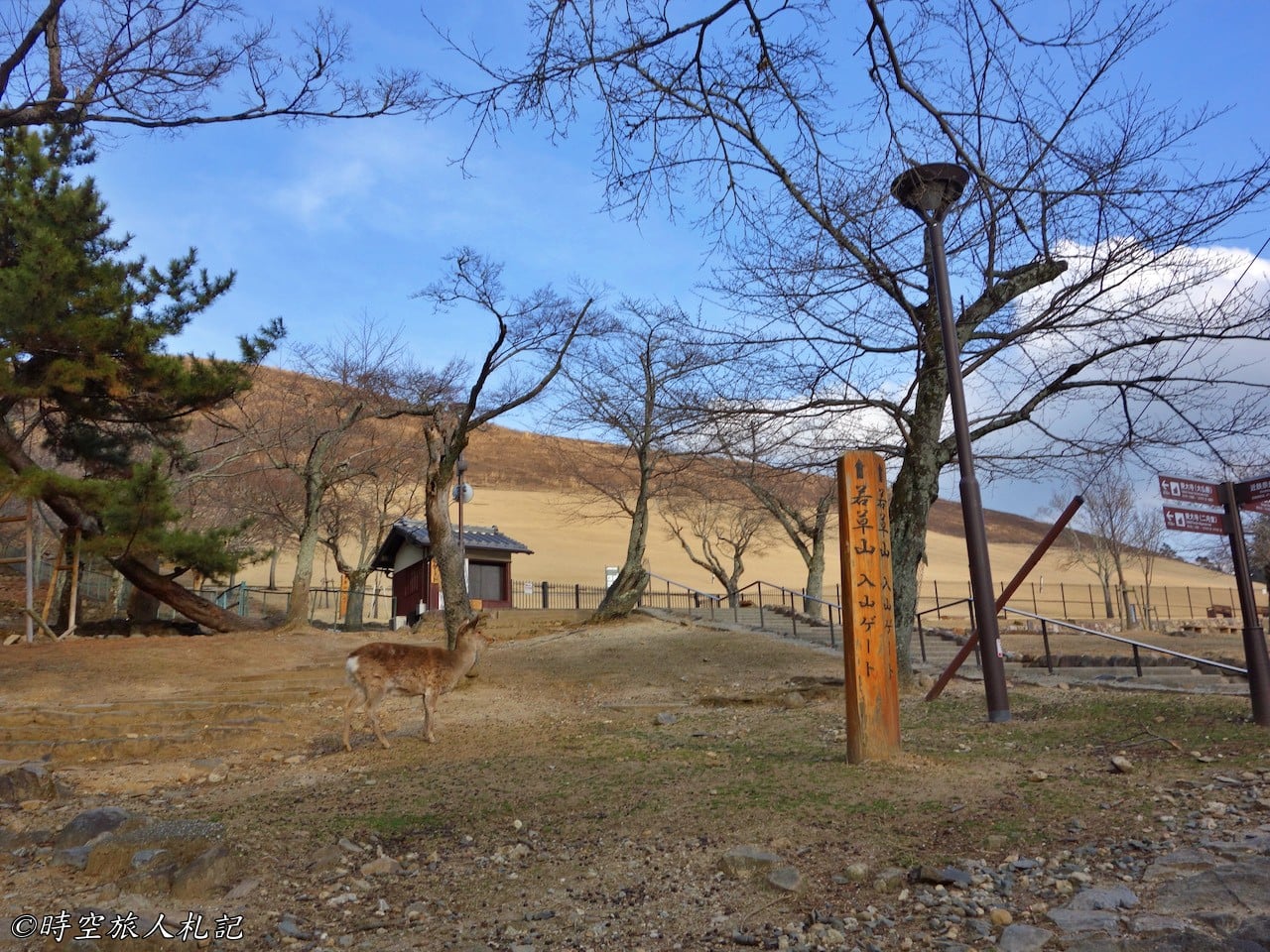
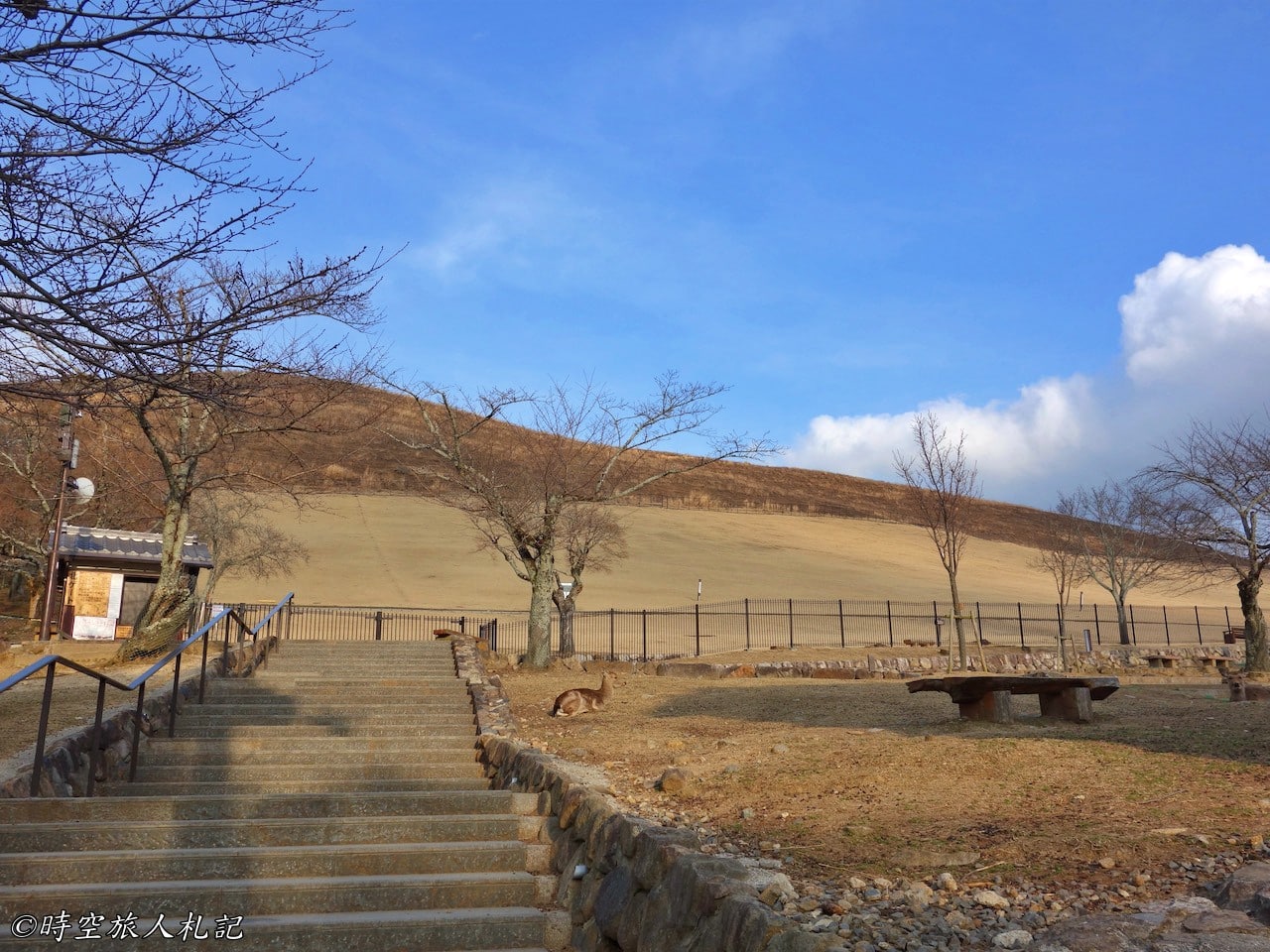
Mizutani Tea House is located at the foot of Wakakusa-yama and exudes the charm of traditional Japanese tea houses. The thatched-roof building makes you feel like you’ve stepped into a quiet, rustic Japanese village. The tea house serves classic Japanese matcha and wagashi (traditional sweets). After a peaceful walk through Nara Park, it’s a perfect spot to enjoy an afternoon tea break. Visitors can savor matcha while appreciating the surrounding lush green landscape.
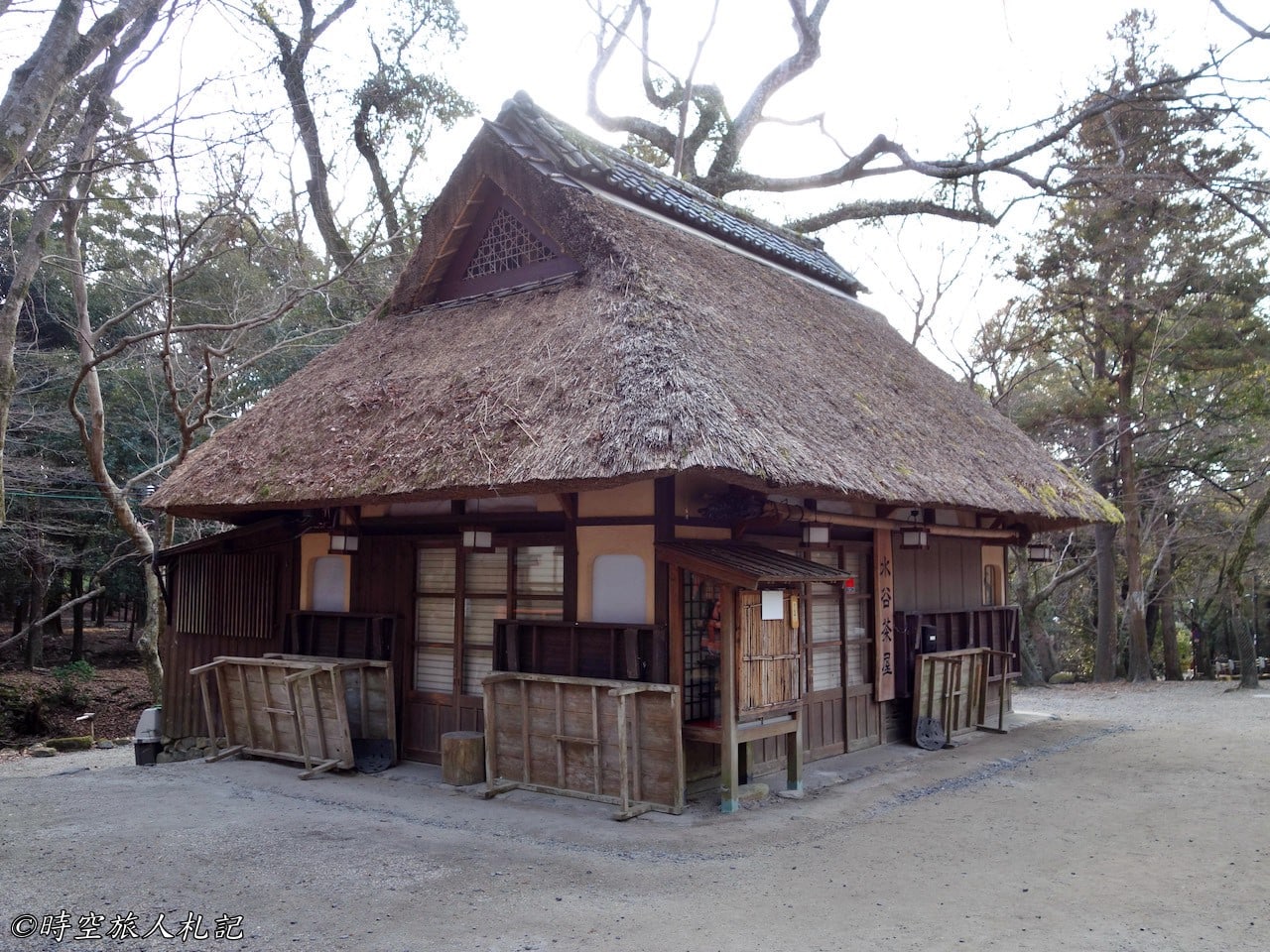
Mizutani Shrine is located in a quiet corner of Nara Park. Though small in scale, it has a long history and enshrines the deity Mizutani, who is revered by locals as a powerful guardian of health and peace.

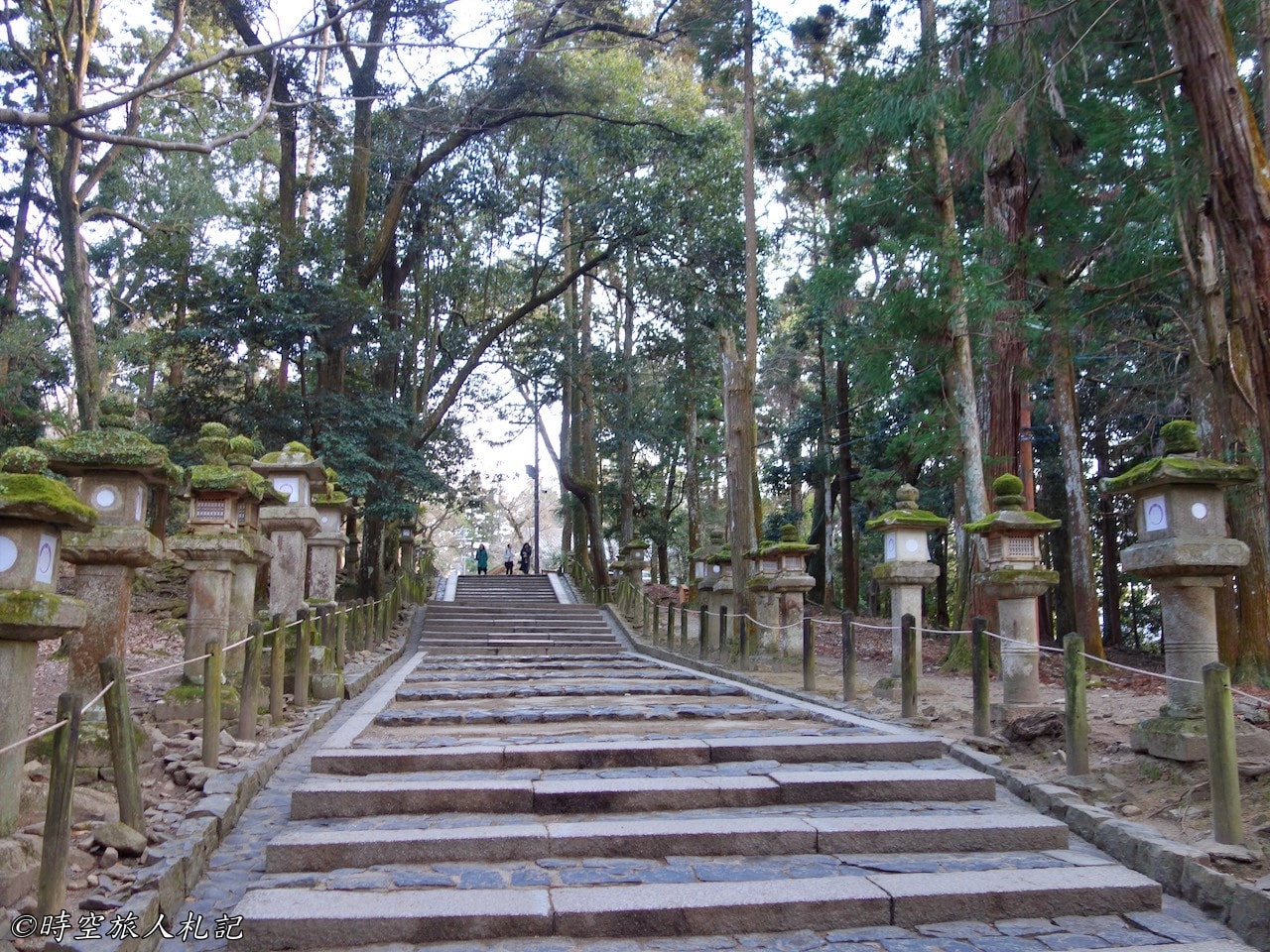
Ichigonushi Shrine, surrounded by lush greenery, dates back to the Heian period. It is said that a single wish can be granted with just one sentence. According to legend, when praying at this shrine, you only need to express your wish in one sentence for it to come true.
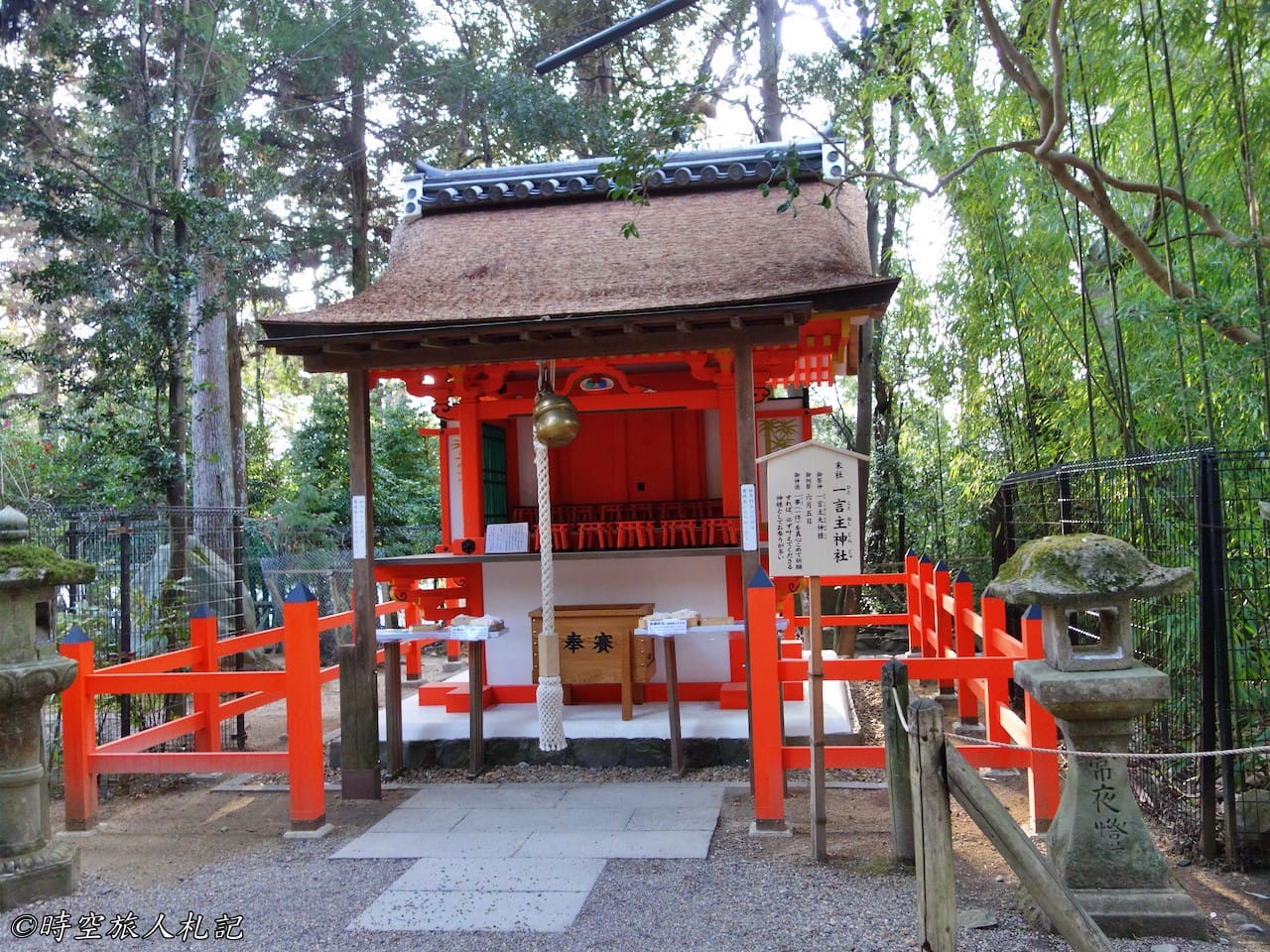
Kasuga Taisha Shrine
Kasuga Taisha Shrine, founded in 710 AD, is one of Nara’s most significant Shinto shrines. From the Kamakura period, the shrine has been rebuilt every 20 years under a tradition called the "Shikinen Zotai" system, maintaining its original Heian period appearance.
Kasuga Taisha enshrines four main deities, and as such, the main hall has four sanctuary buildings. When the capital was established in Nara, Takemikazuchi-no-Mikoto was welcomed as the guardian deity, and later, three other deities—Futsunushi-no-Mikoto, Amenokoyane-no-Mikoto, and Himegami—were also enshrined by imperial decree, making Kasuga Taisha a place of national worship.
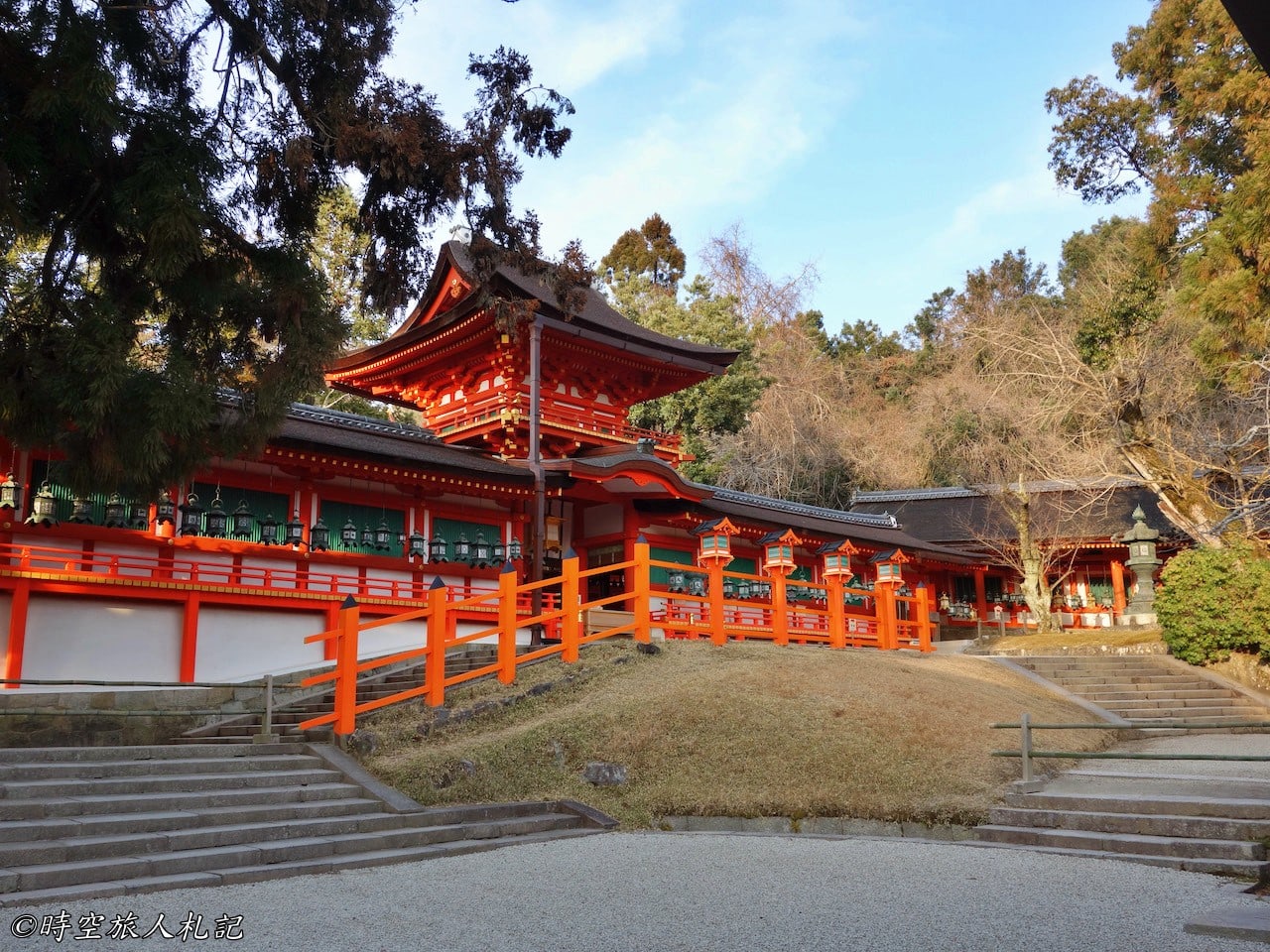

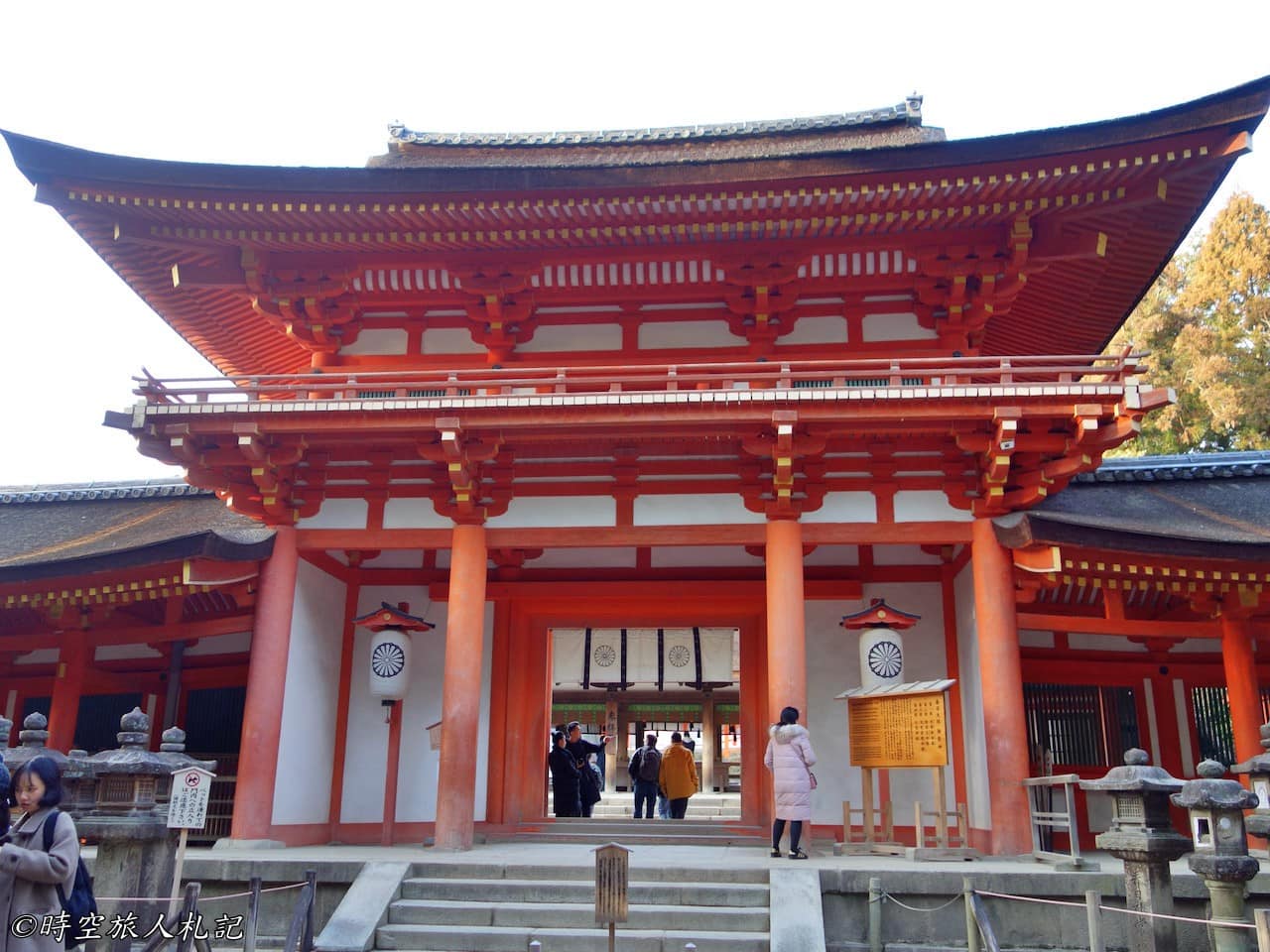
Kasuga Taisha is famous for its thousands of stone lanterns and hanging lanterns. Worshippers have been dedicating lanterns here for over 800 years, from the Sengoku period to the present. All the lanterns are lit only twice a year, once on the eve of the spring equinox and again during the Bon Festival. This event, called "Mandoro" (the Festival of 10,000 Lanterns), is a spectacular sight.
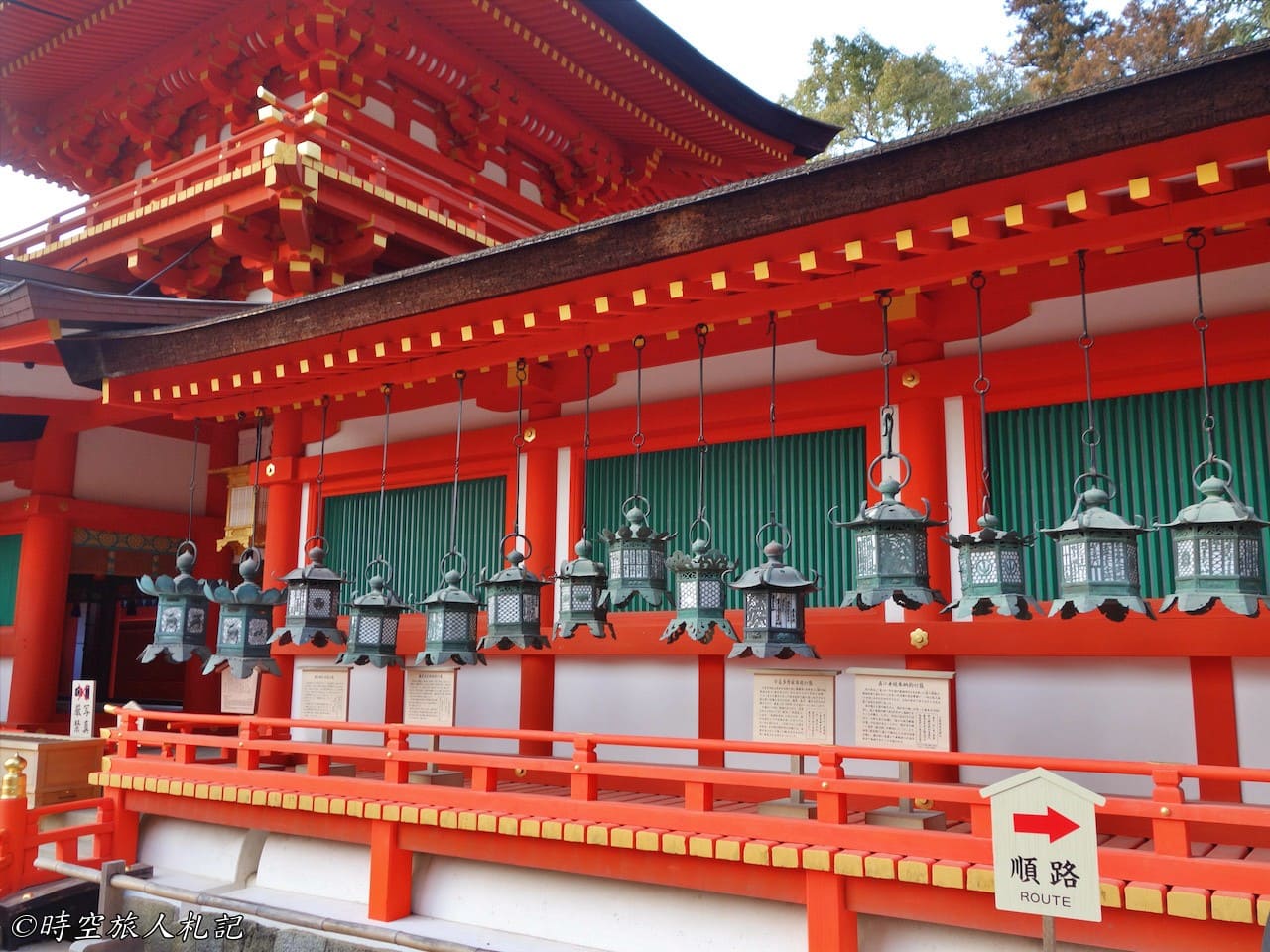
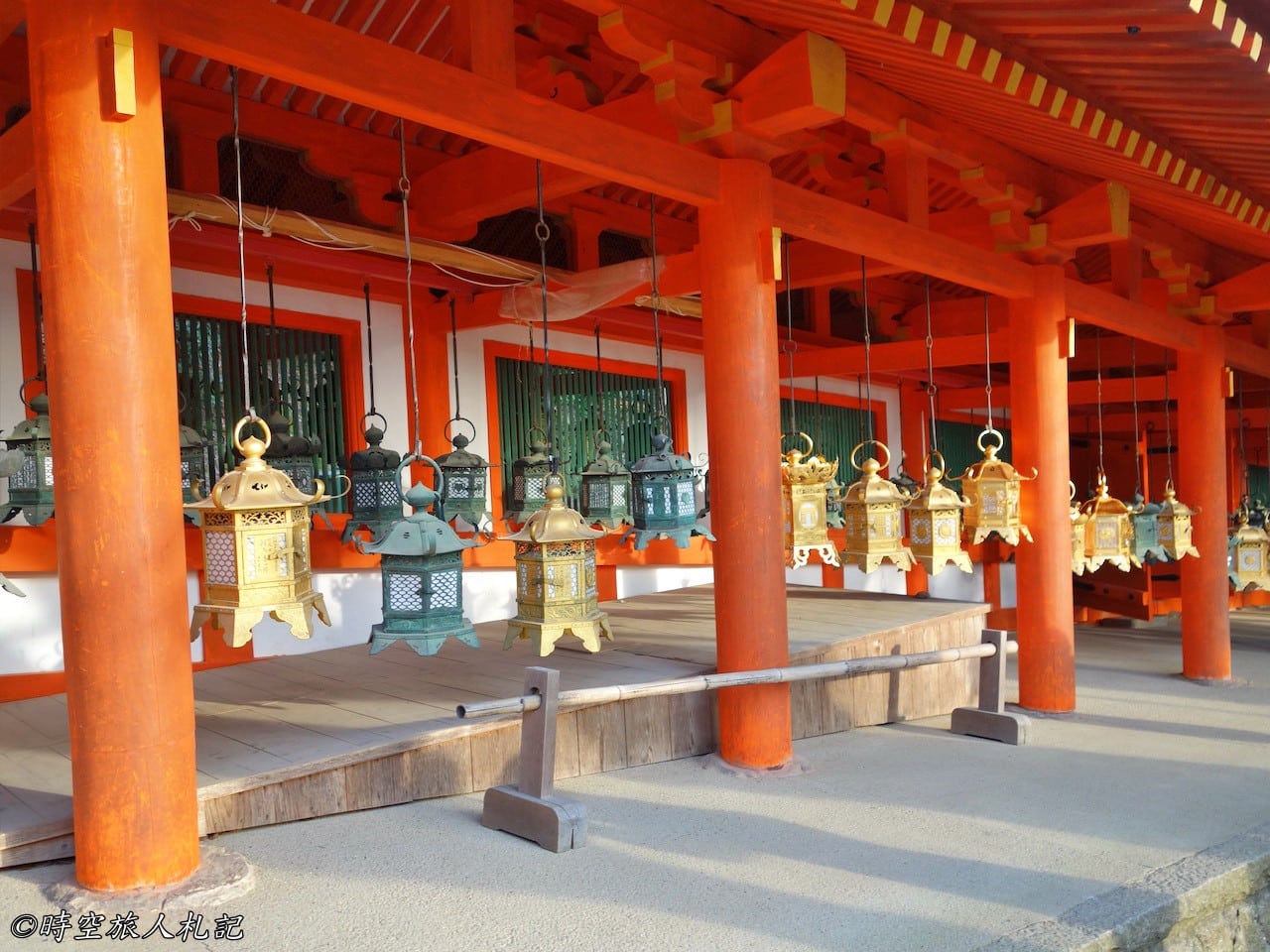
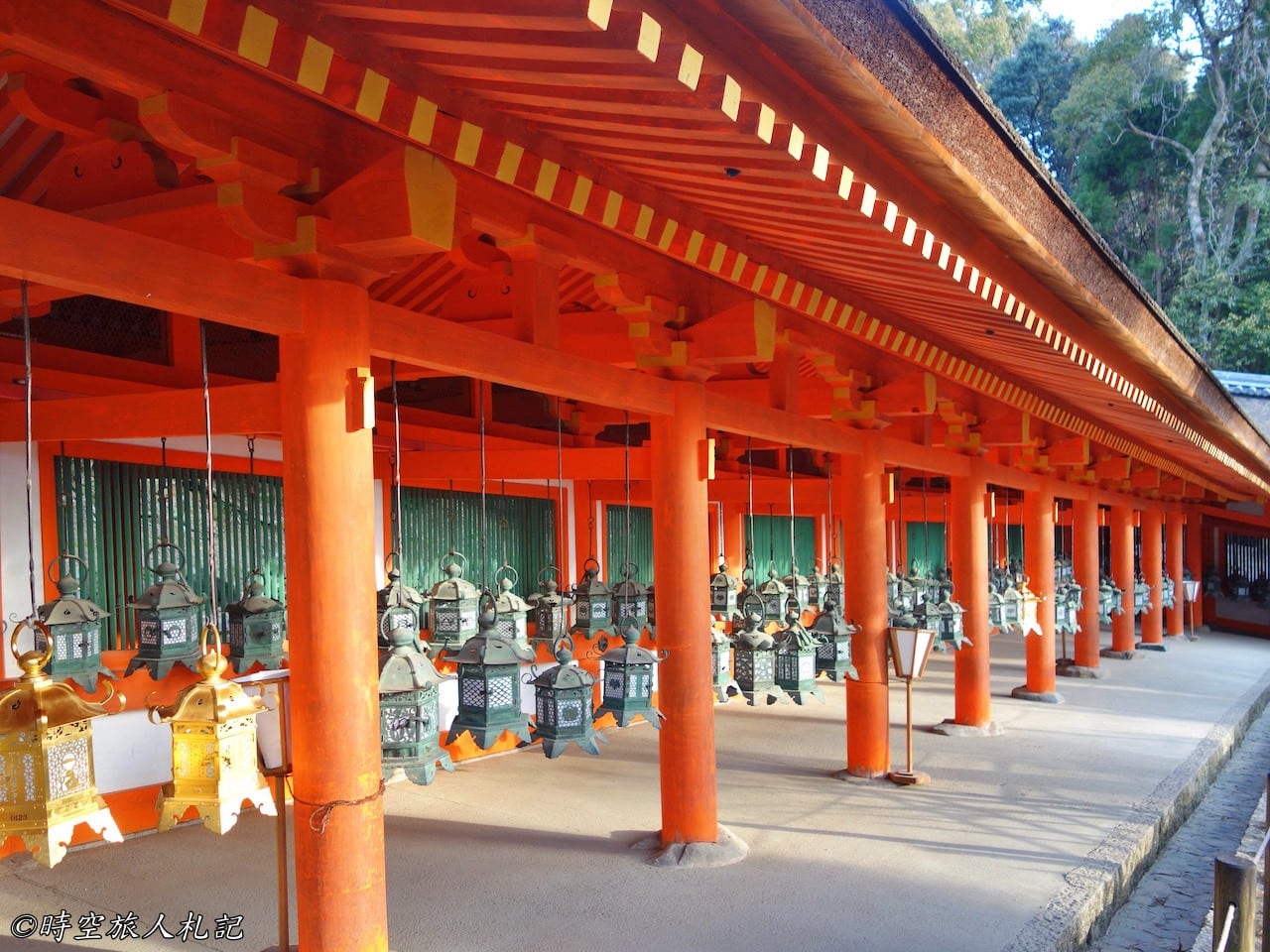
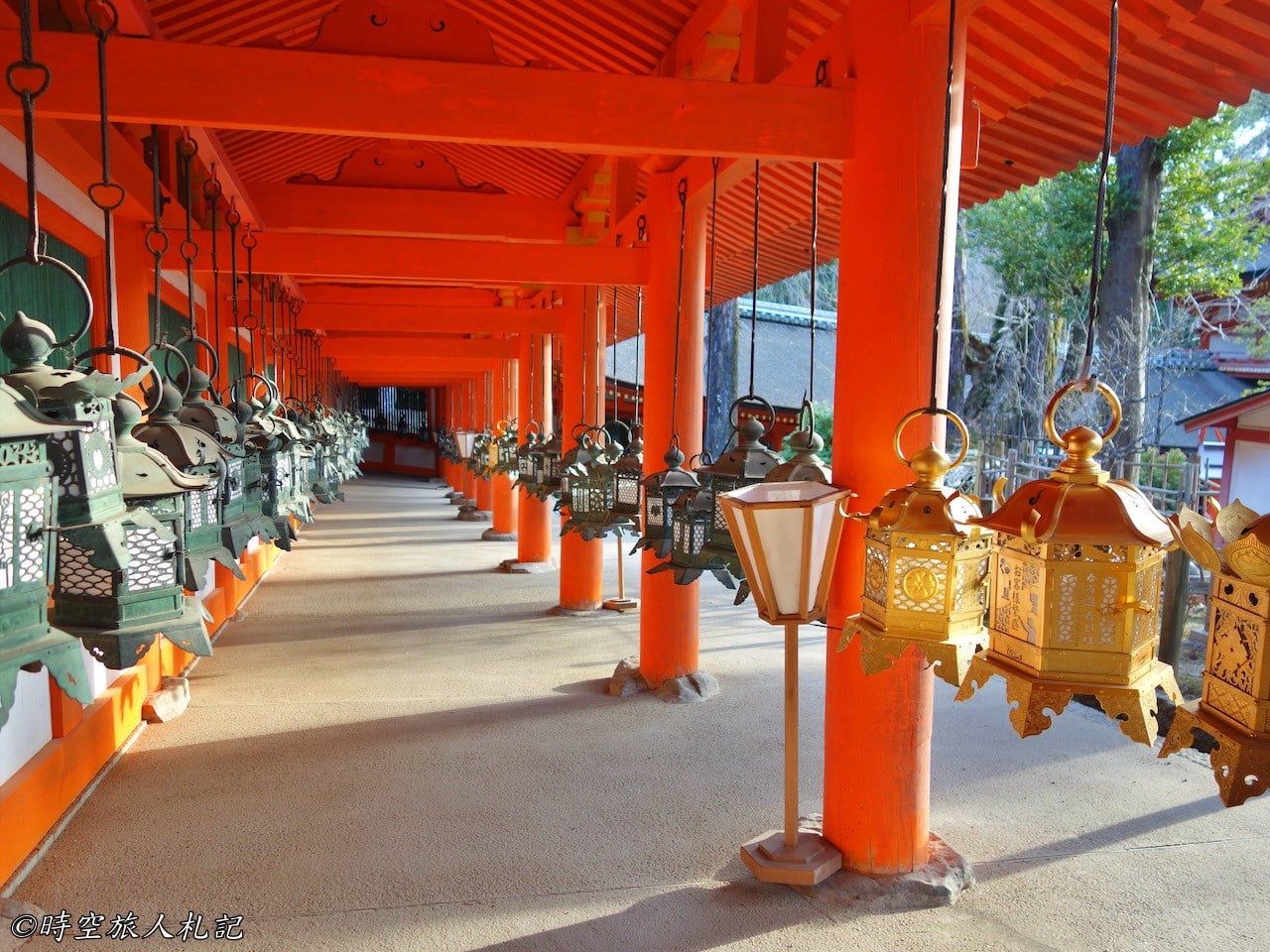

Even on regular days, visitors can enjoy the lanterns inside Fujinami-no-ya Hall. The hall is purposefully draped in black fabric, allowing the lanterns inside to glow, giving visitors a sense of the Mandoro atmosphere even during the day.
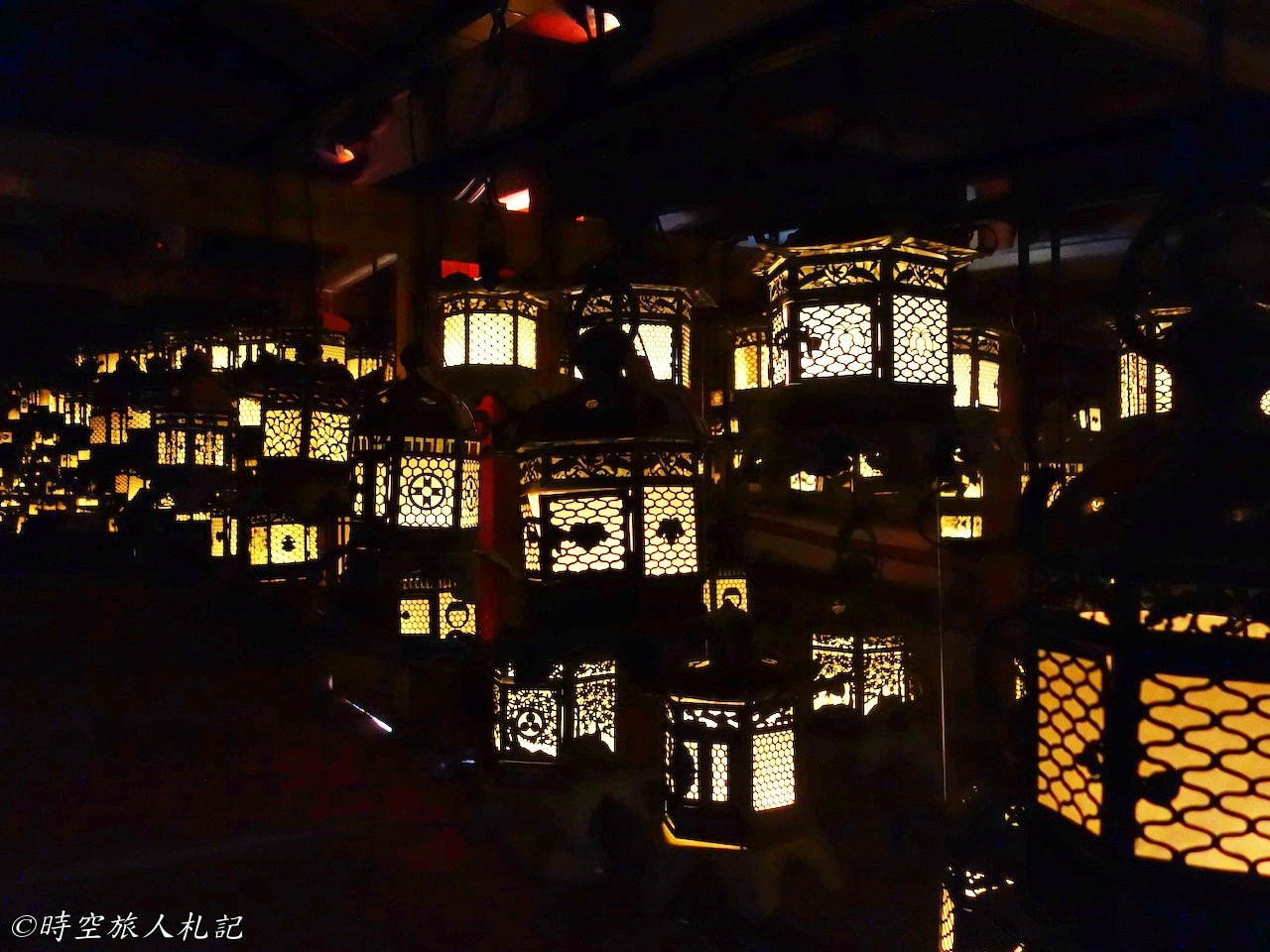
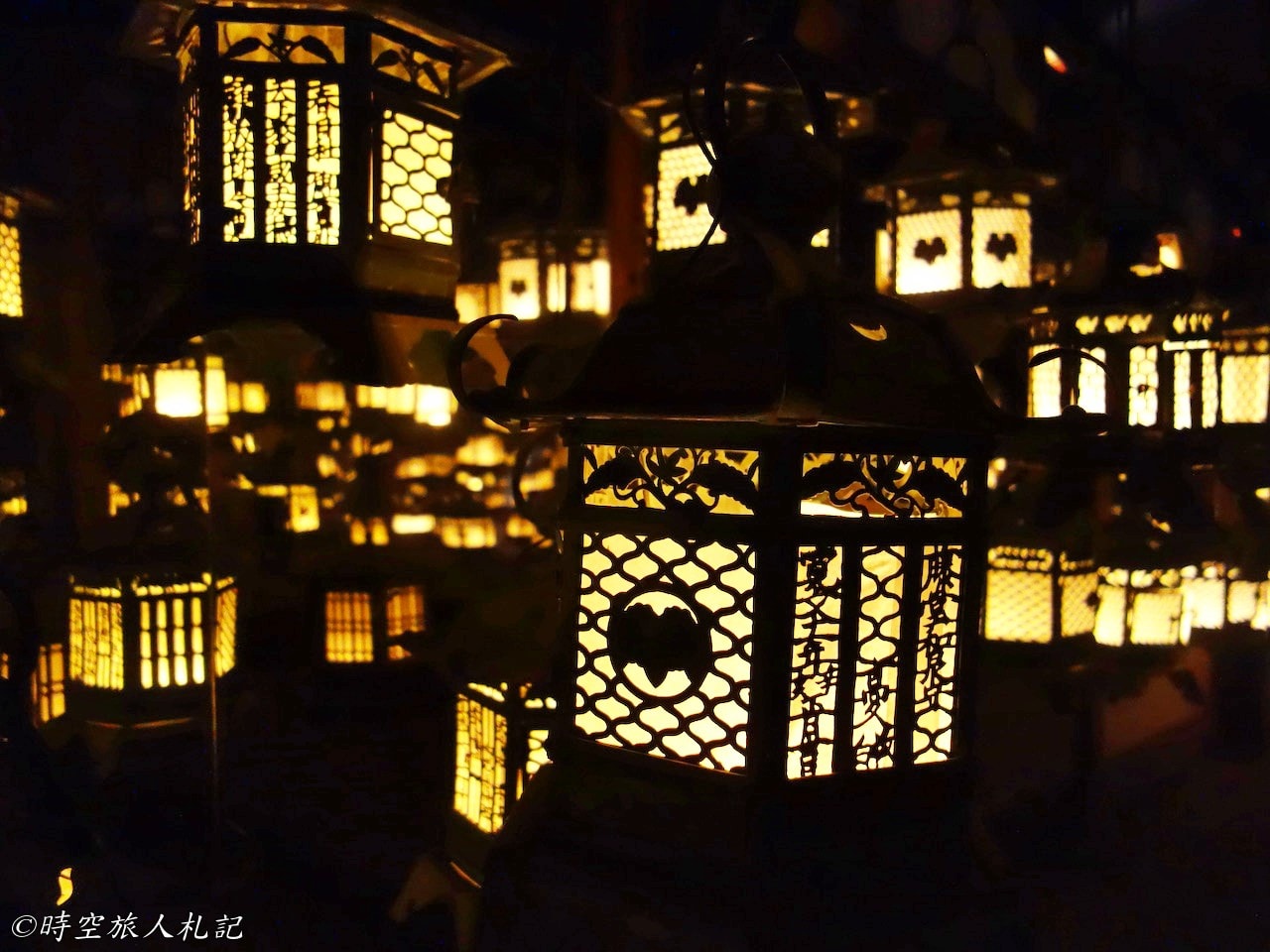
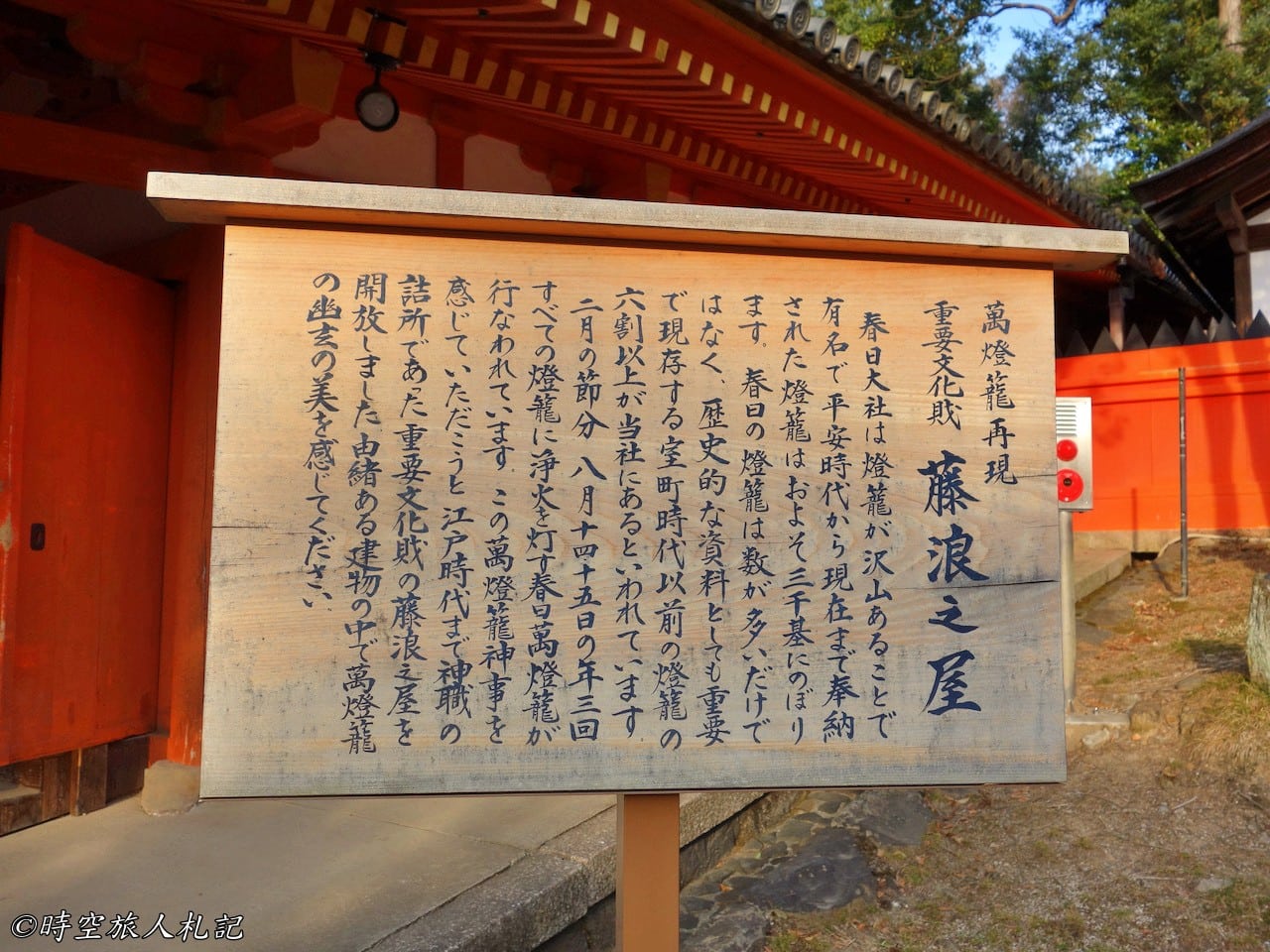
The approach to Kasuga Taisha is lined with impressive stone lanterns, and walking amidst the ancient lanterns and lush greenery feels like stepping into a time tunnel, immersing yourself in the historical charm of Nara.
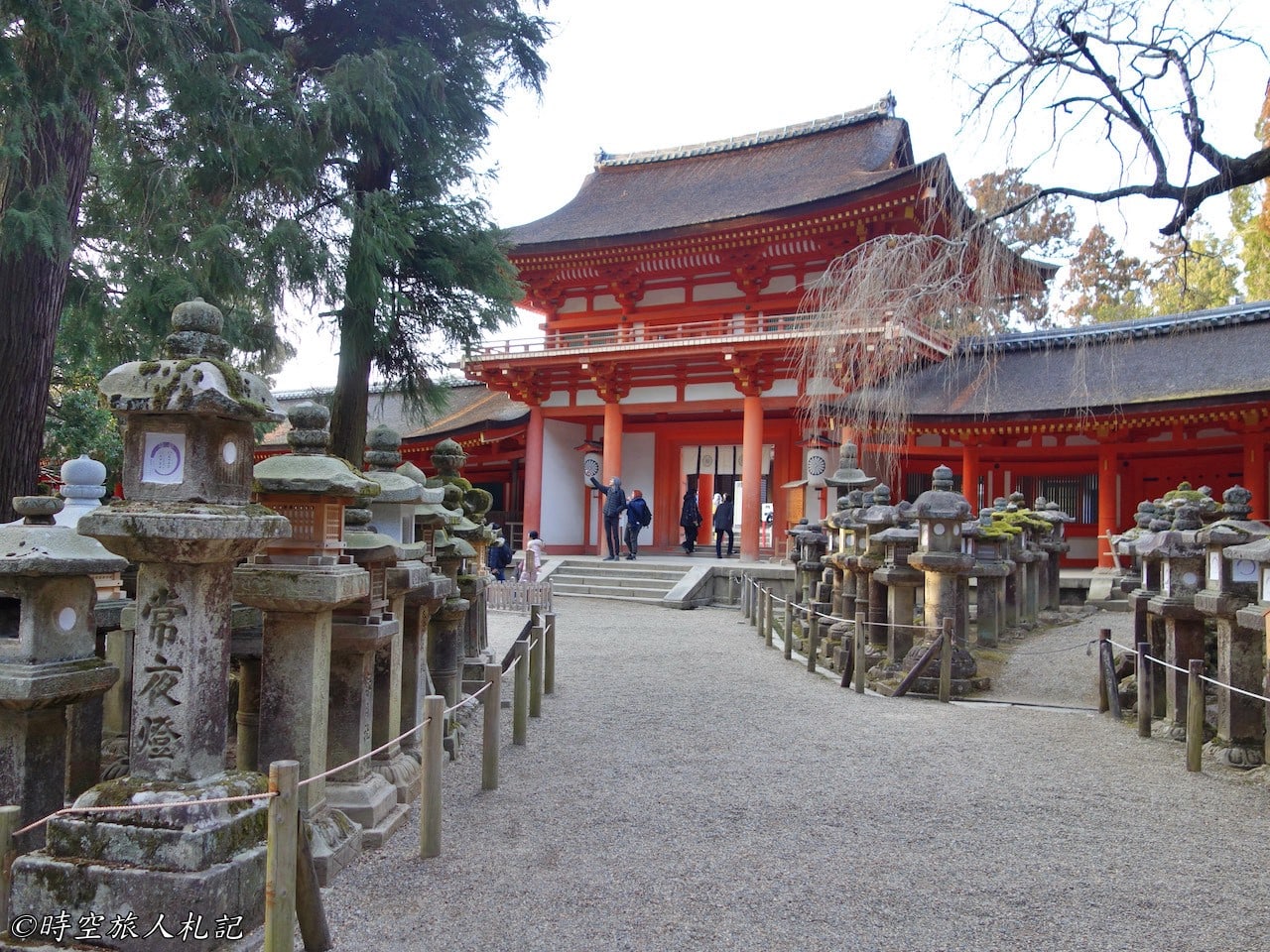
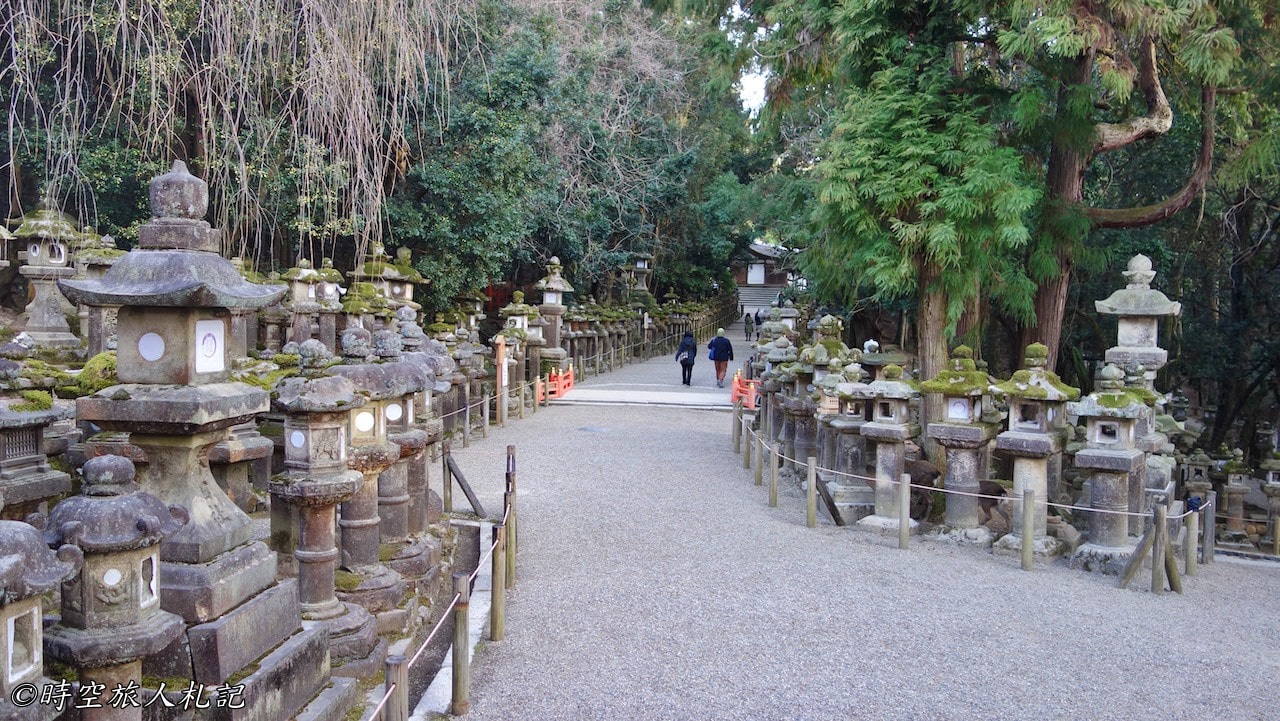
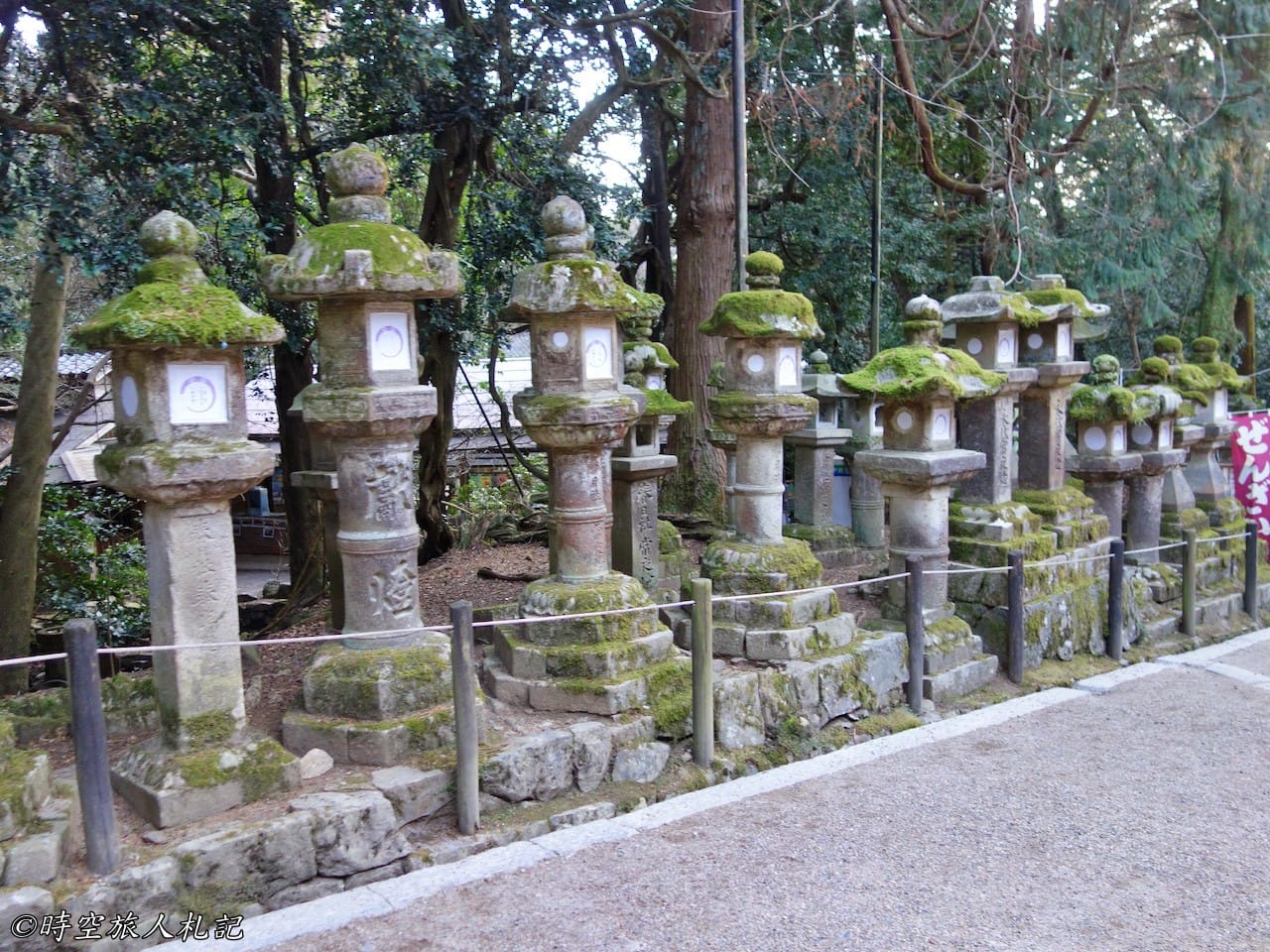

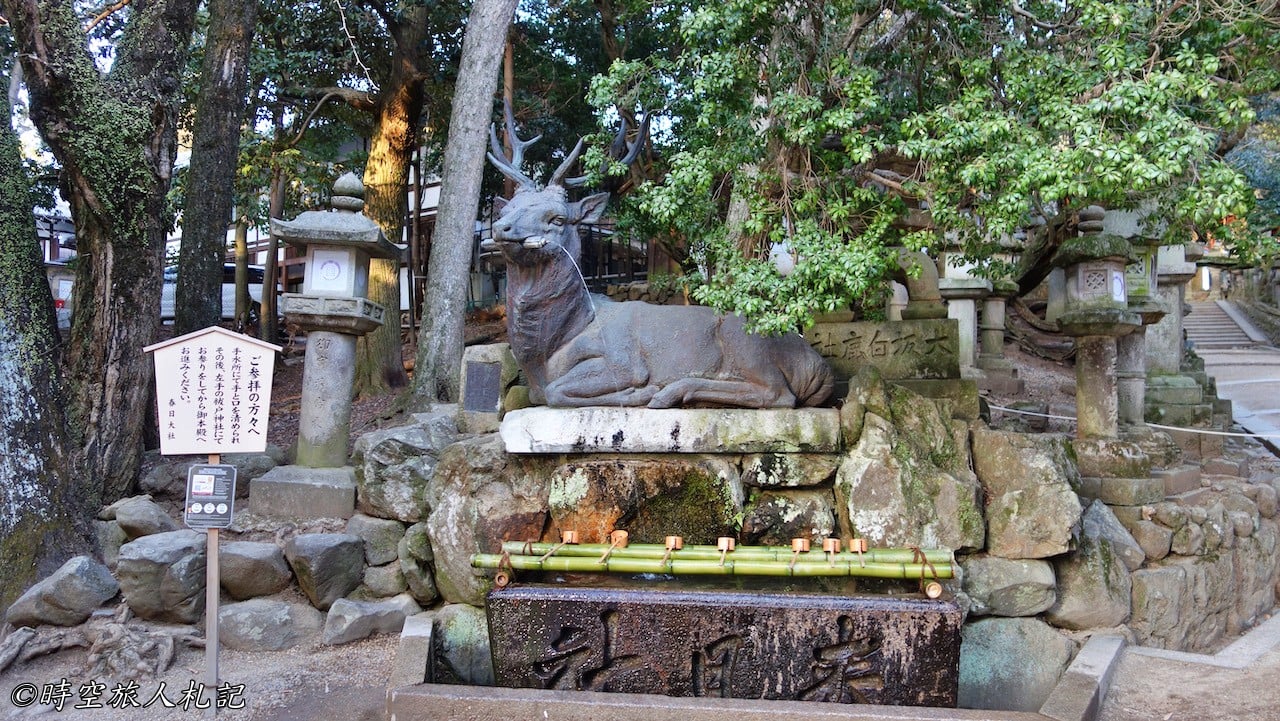
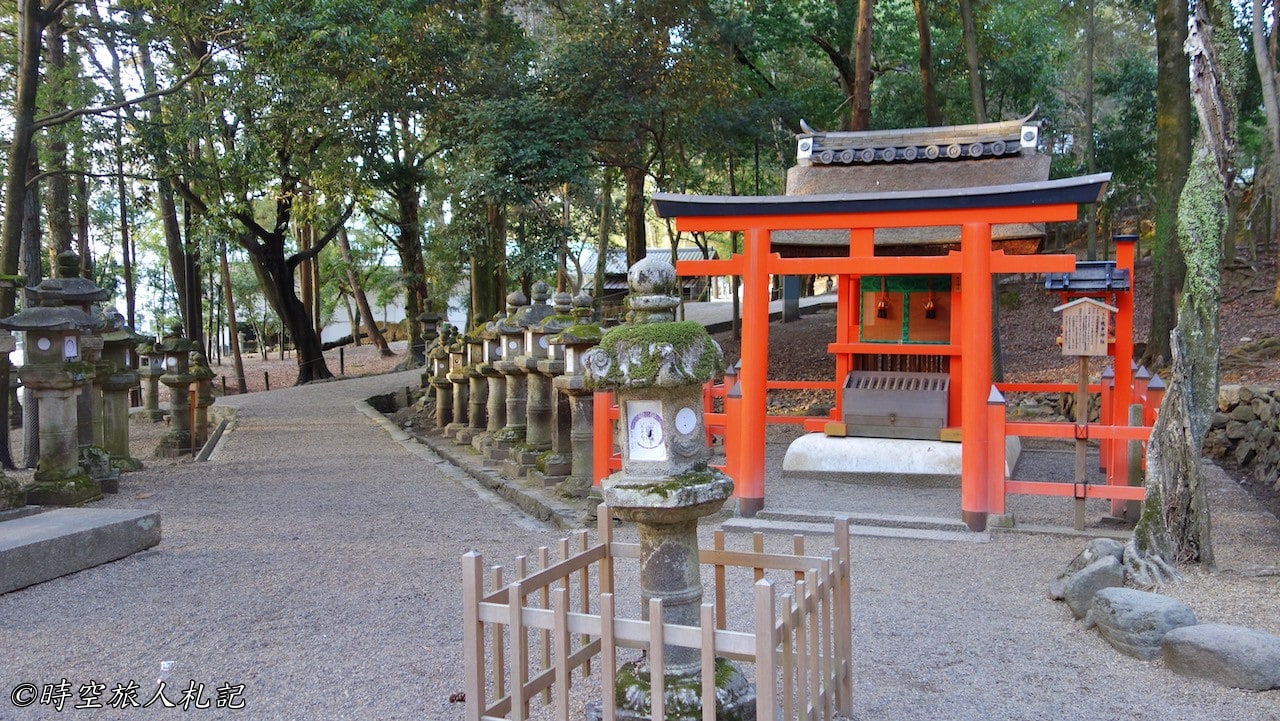
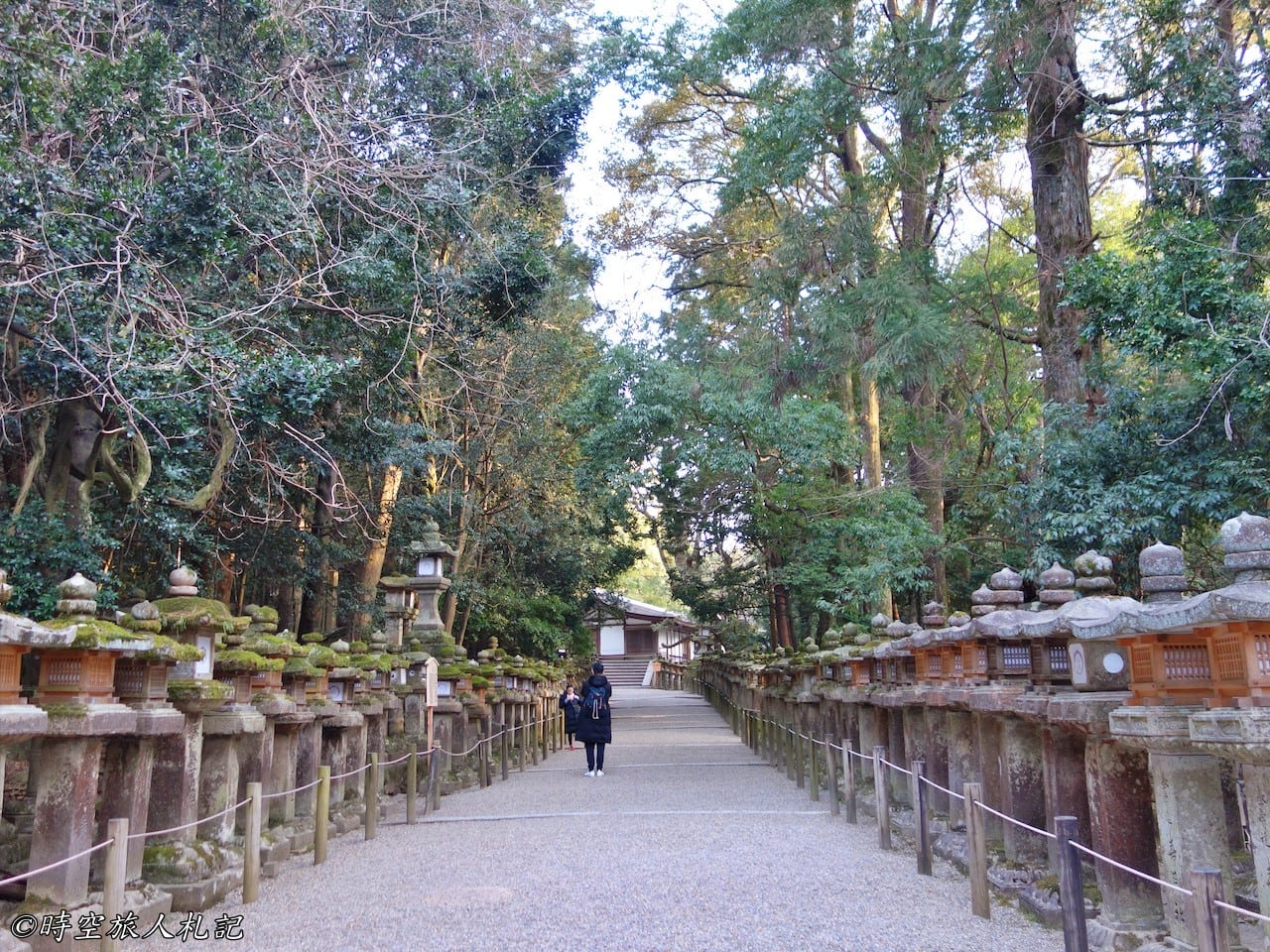
Nara | Cuisine
Nakatanidou Mochi
- Rating: ⭐️⭐️⭐️
- Price: $
Nakatanidou is located in Nara’s shopping street and is famous for its yomogi (mugwort) mochi. The mochi is filled with sweet red bean paste and wrapped in a fragrant yomogi-flavored outer layer. The large red beans inside are refreshing and delicious. In addition to mochi, the shop also sells senbei (rice crackers), which are perfect souvenirs.
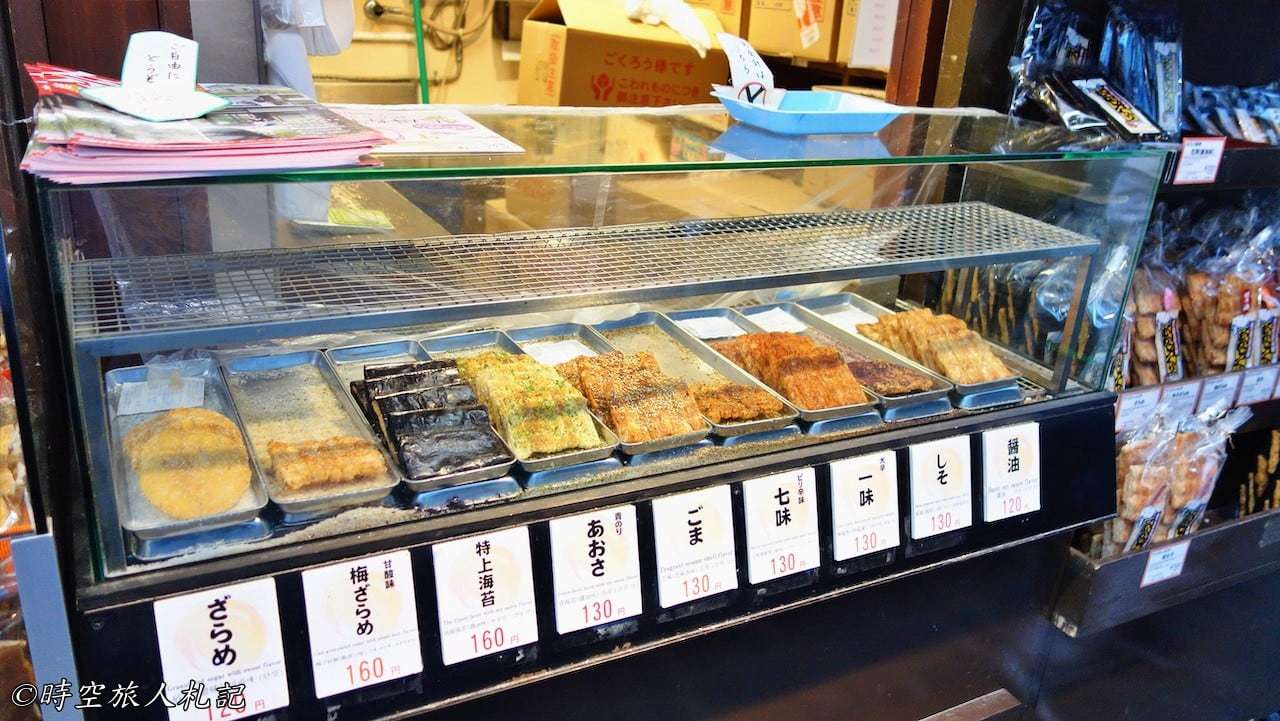
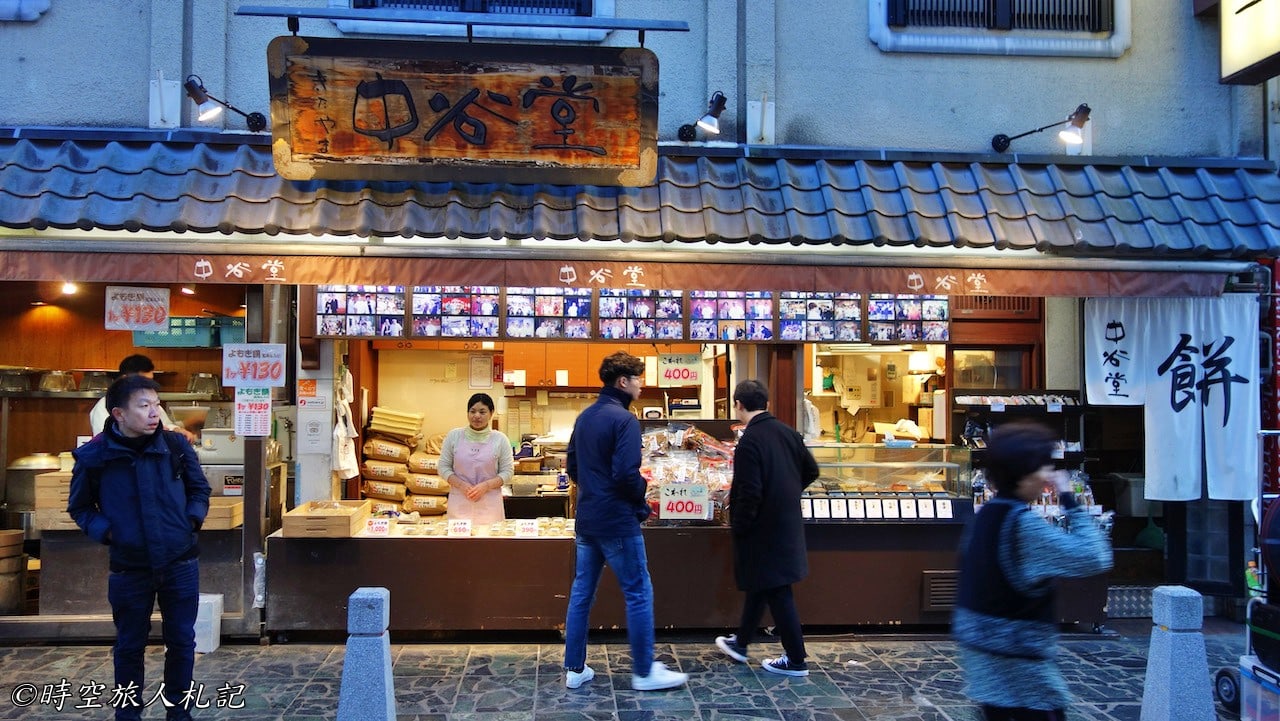
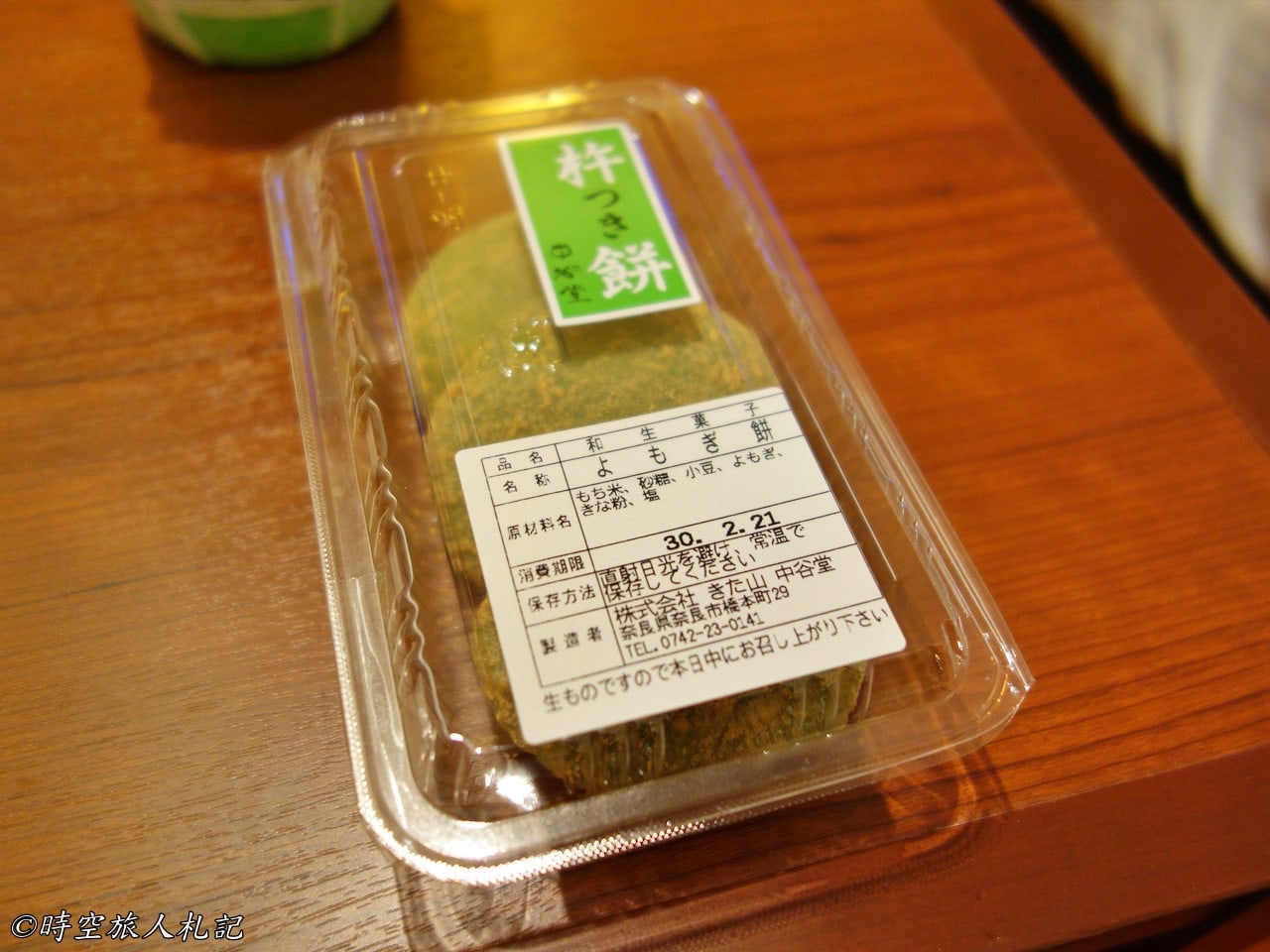
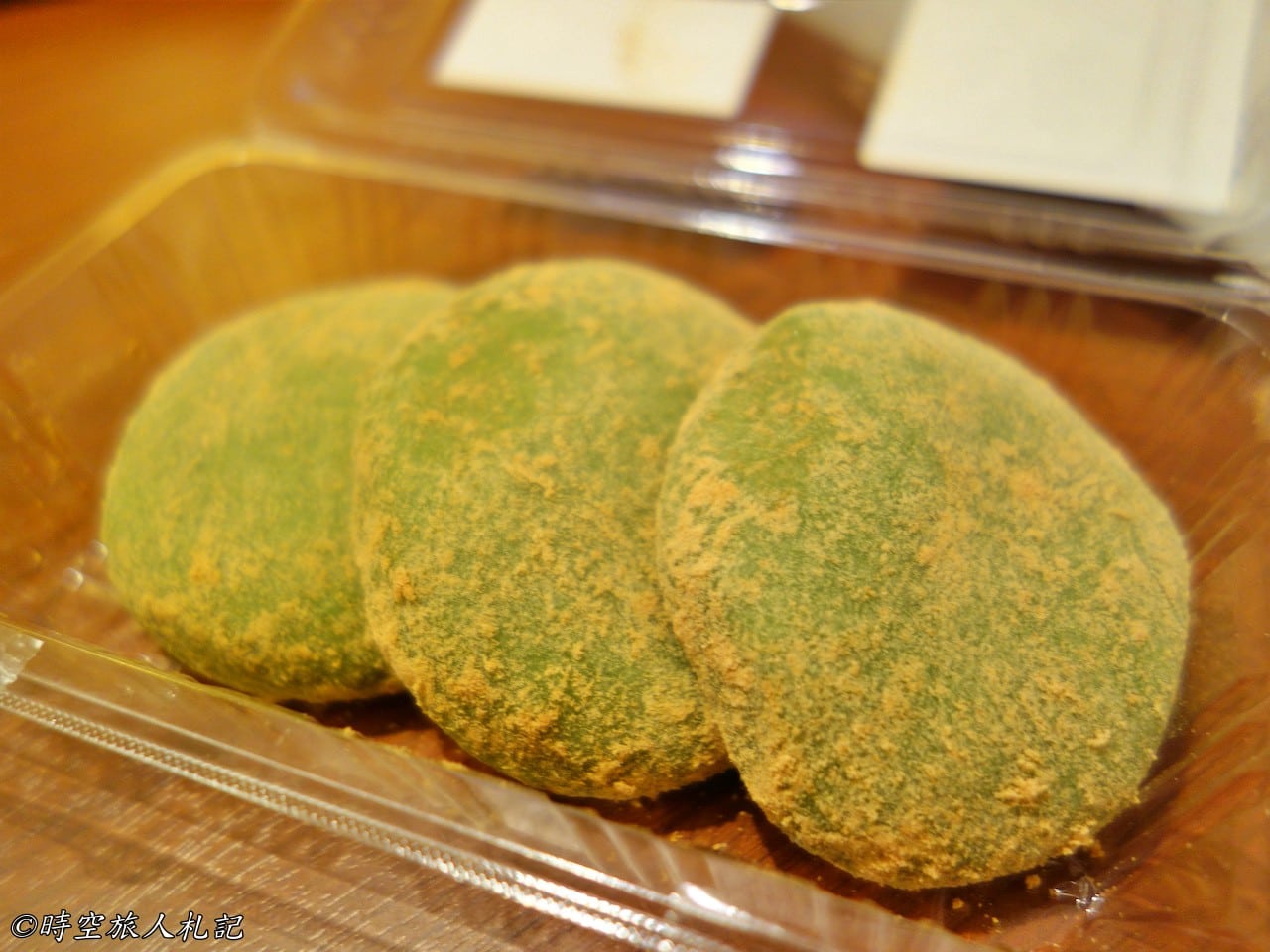
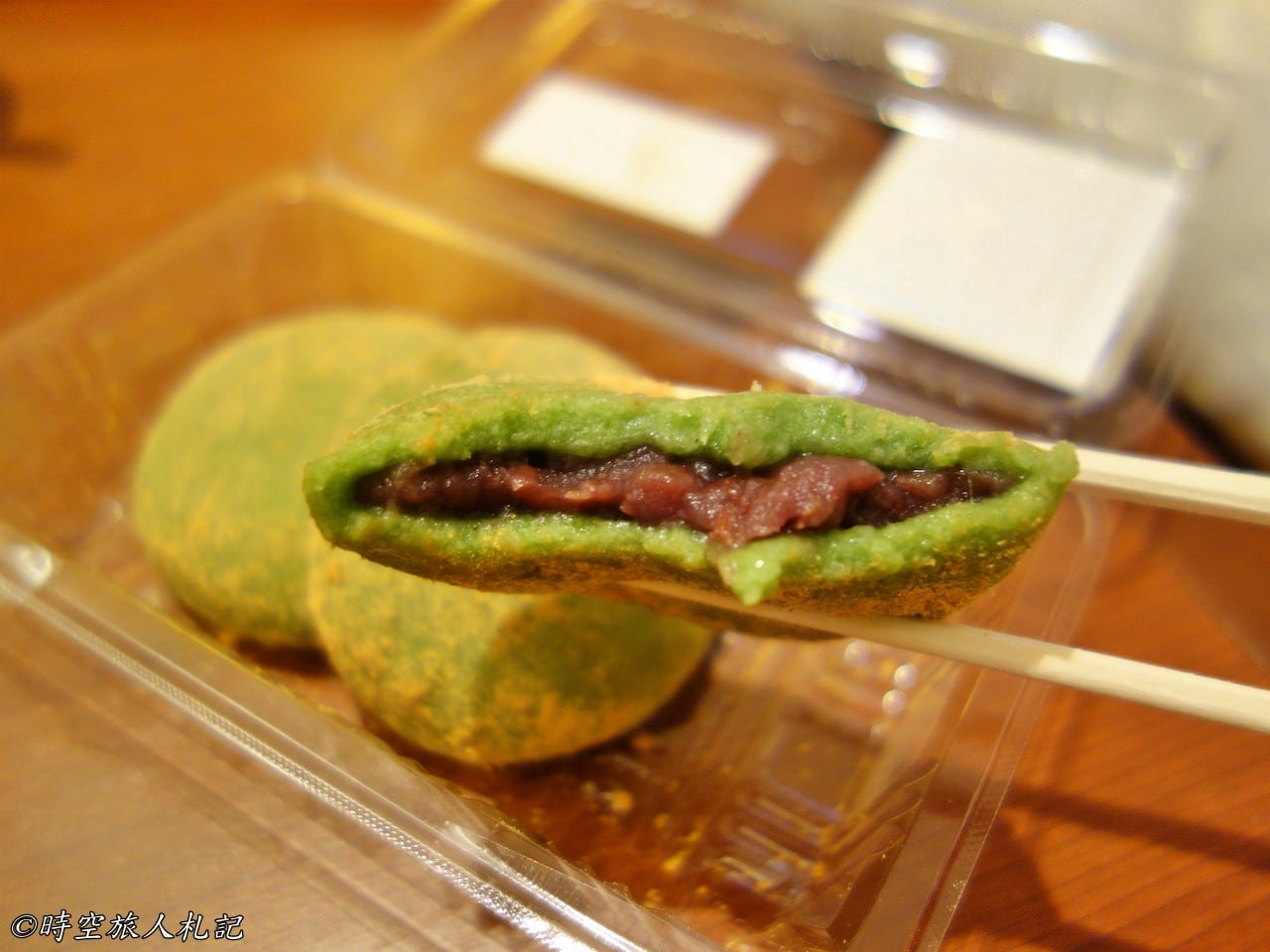
Kakinoha Sushi
- Rating: ⭐️⭐️⭐️⭐️
- Price: $$
Kakinoha sushi is a Nara specialty. In ancient times, when refrigeration was not available and fresh fish was difficult to obtain due to Nara’s distance from the sea, people invented this sushi style. Fish and sushi rice are wrapped in persimmon leaves, which have antibacterial properties, giving the sushi a unique flavor different from regular sushi. It has since become a century-old local dish, offering a distinct culinary experience.
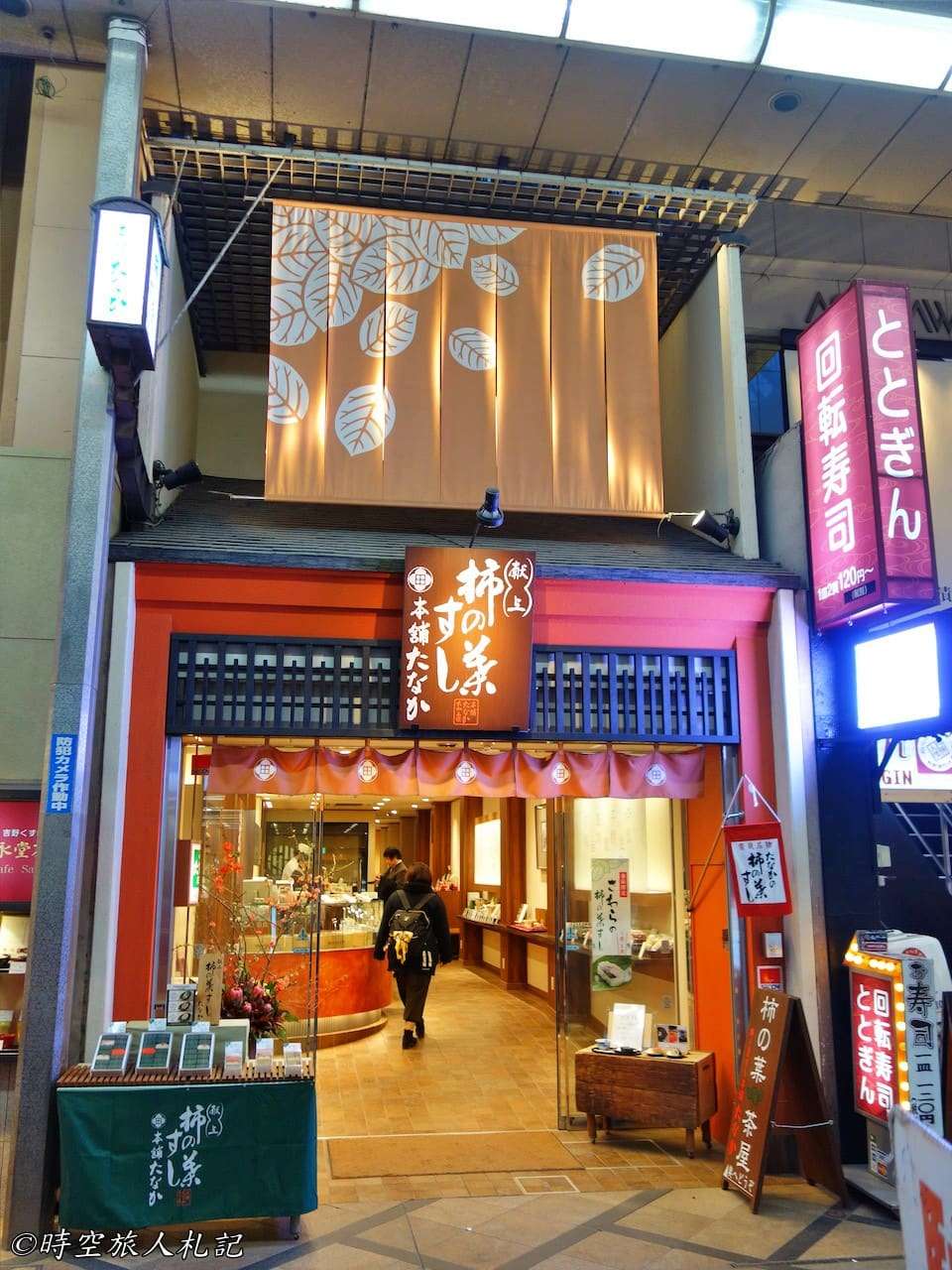
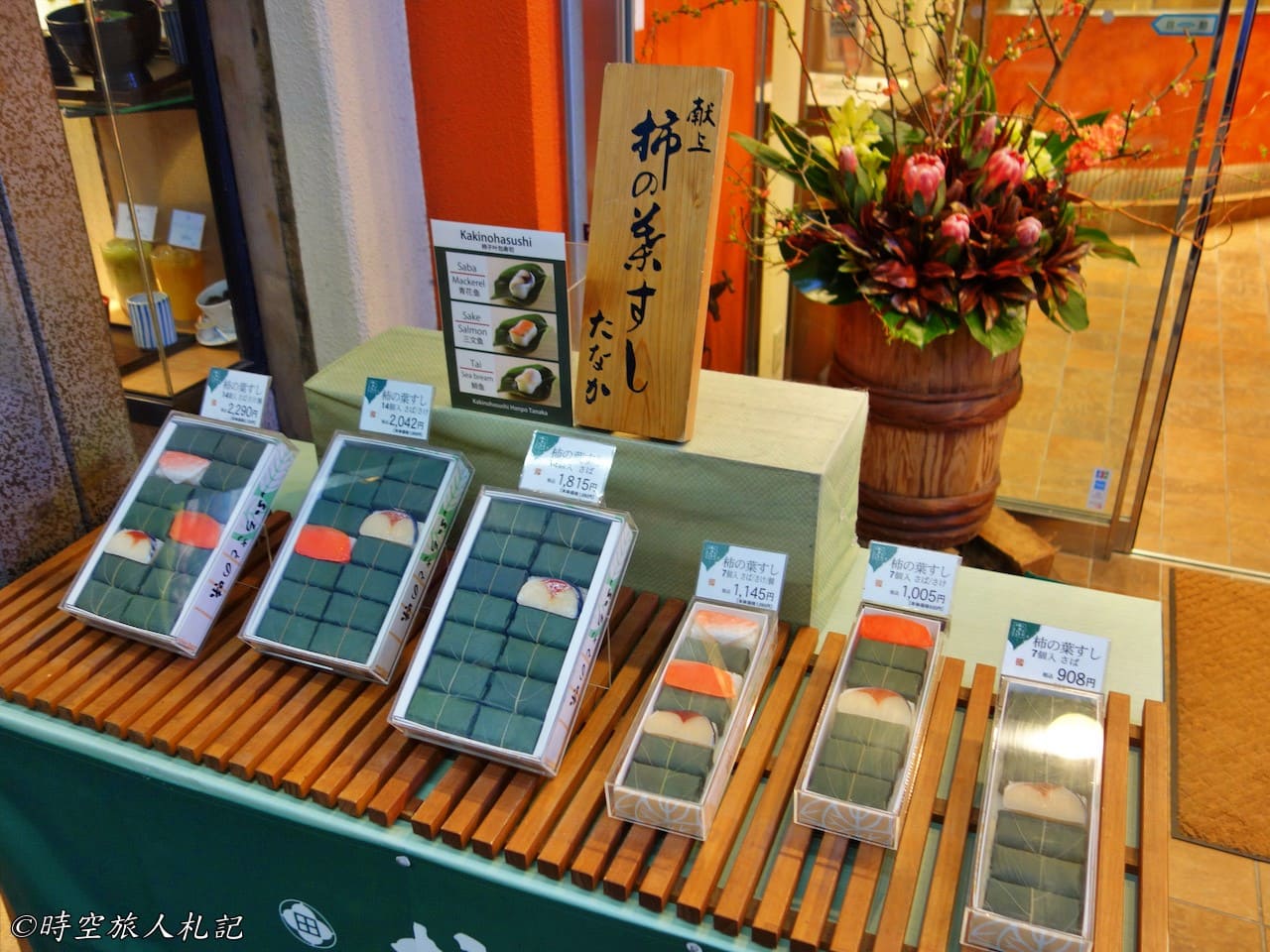
The sushi is wrapped in persimmon leaves, and the three classic flavors are mackerel, salmon, and sea bream. There are also seasonal varieties. When you open the persimmon leaf, the fish is sliced thin, and the vinegar rice is in a higher proportion than regular sushi. The fish, being preserved, has a more acidic taste. Among the different flavors, the classic salmon is a favorite, especially when paired with sake.
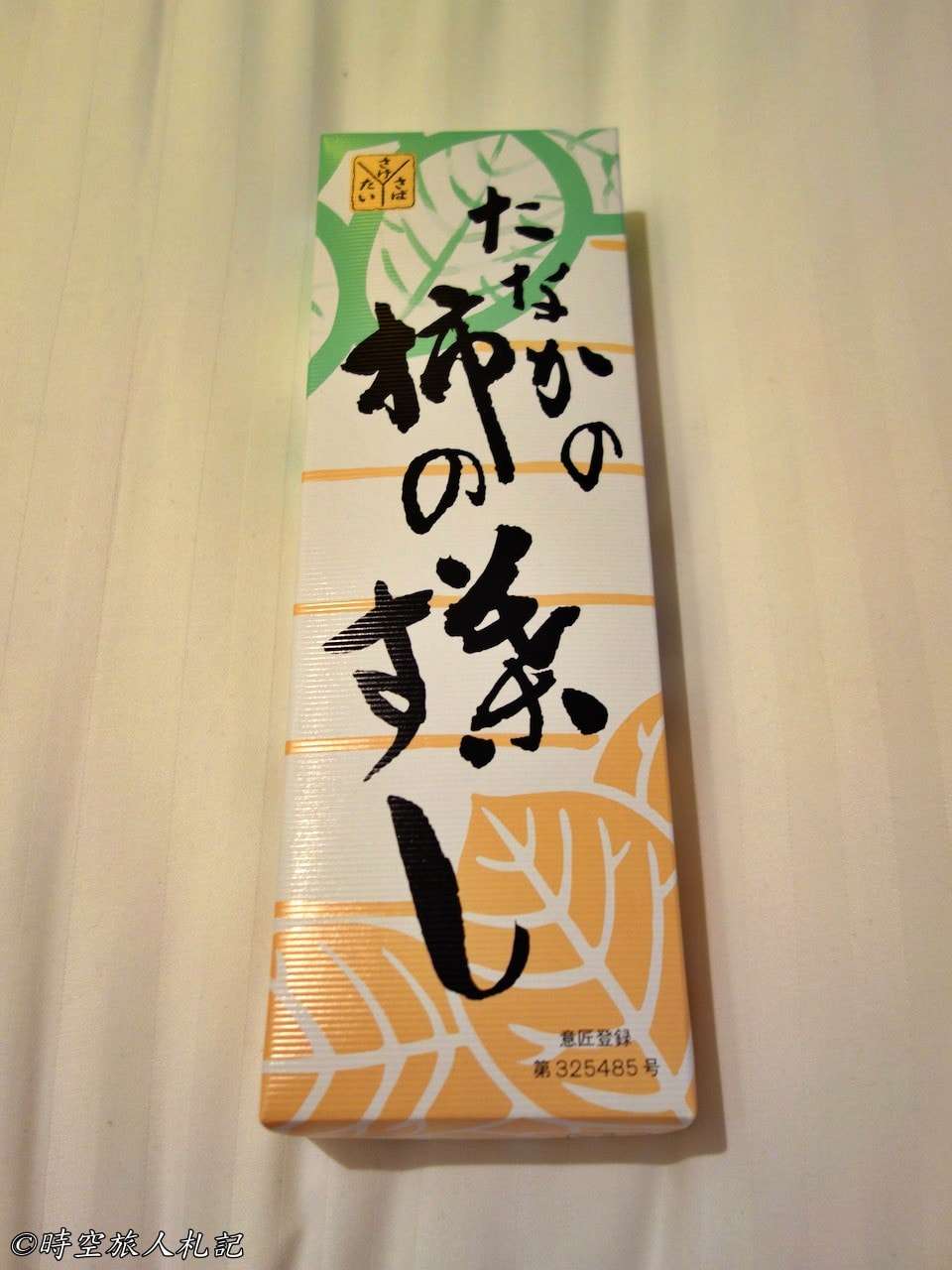

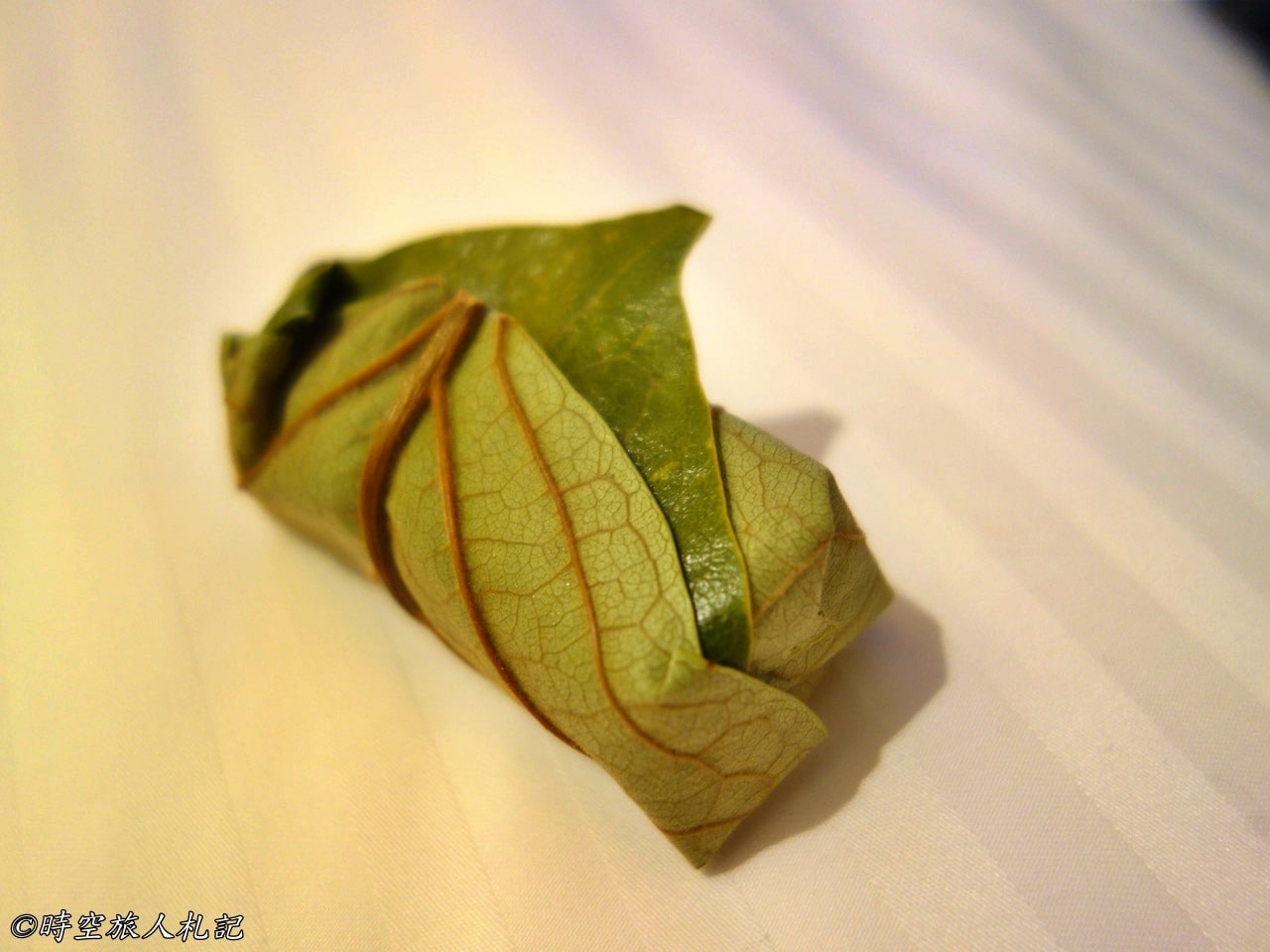
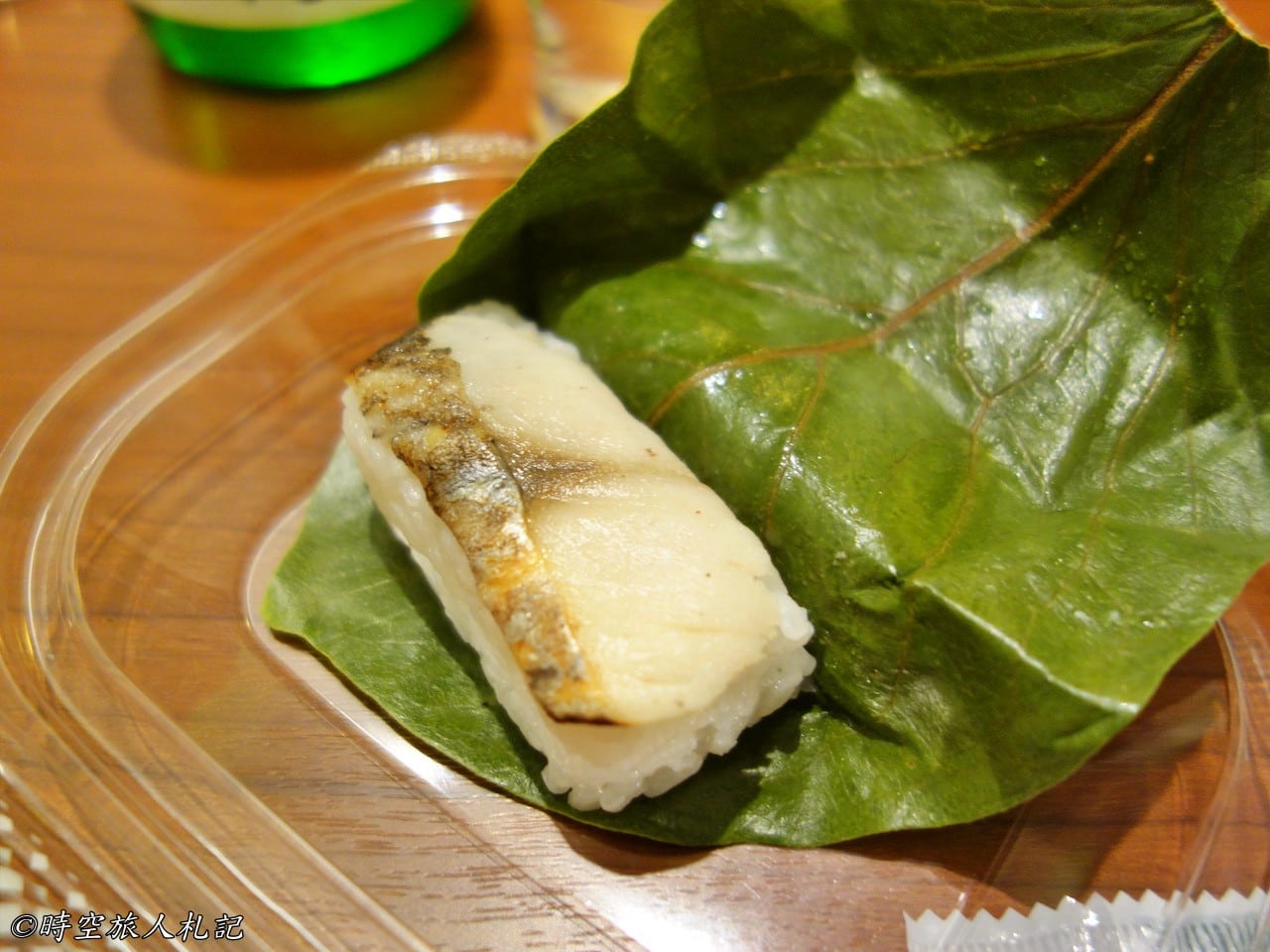
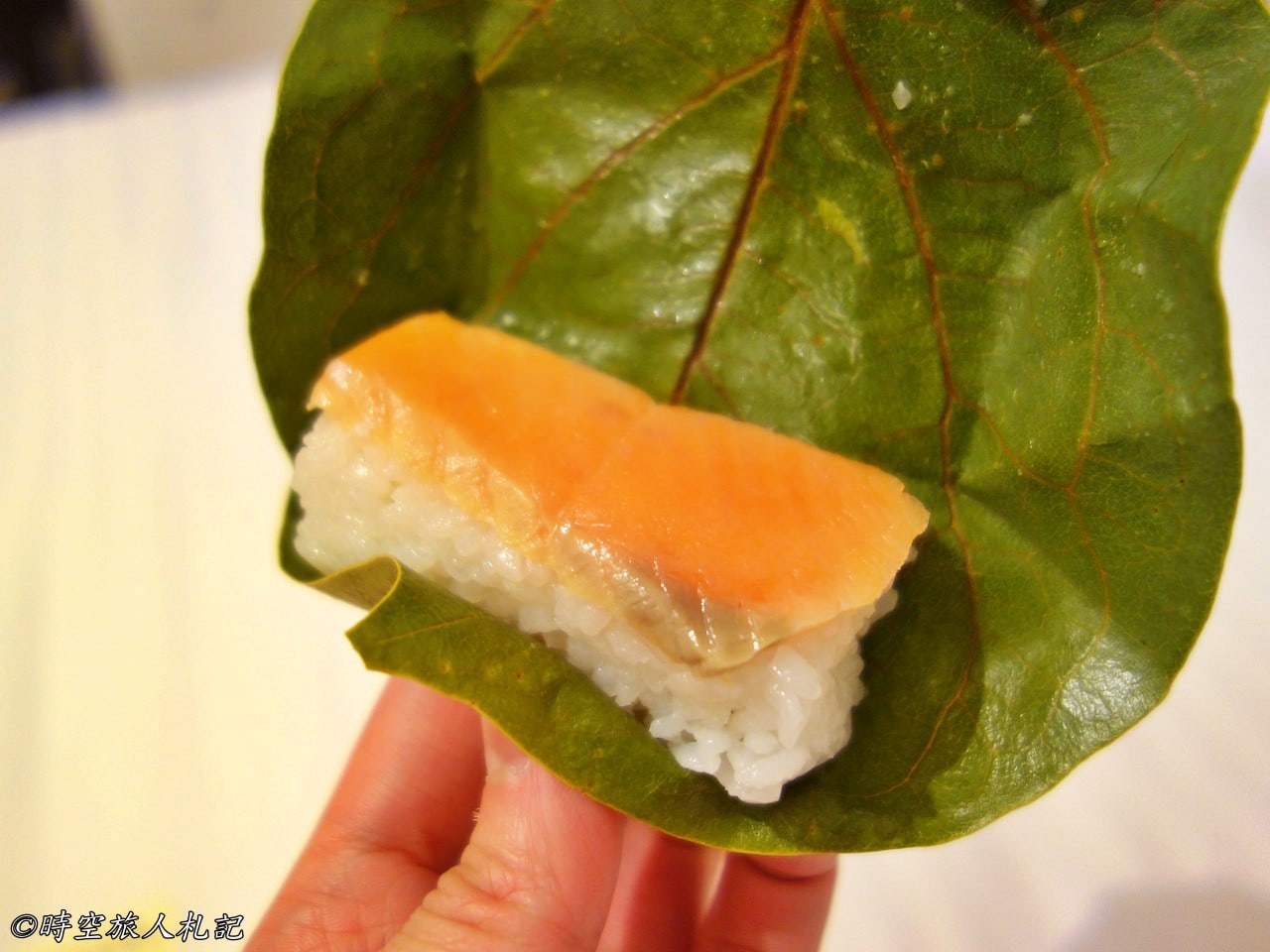
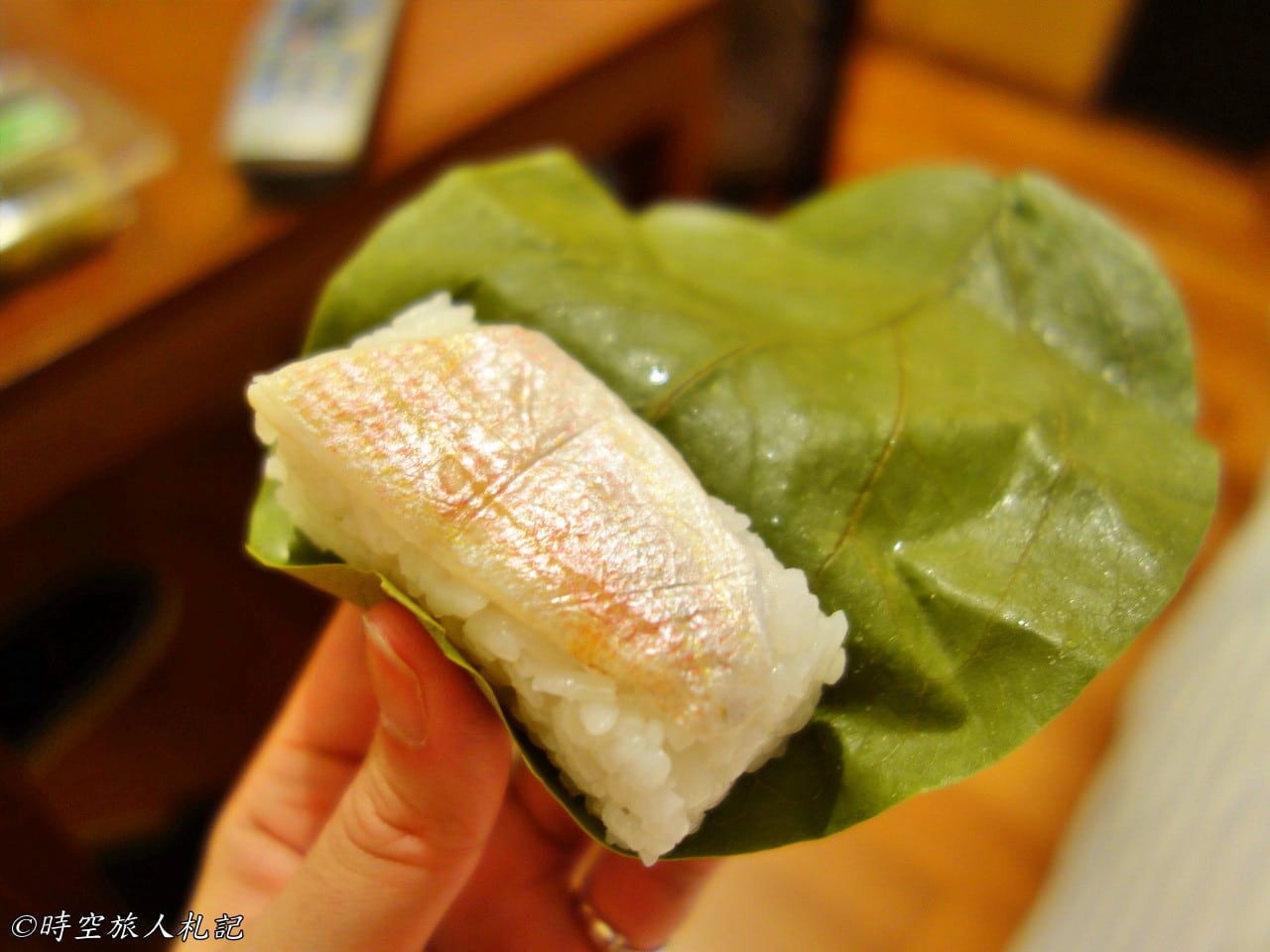
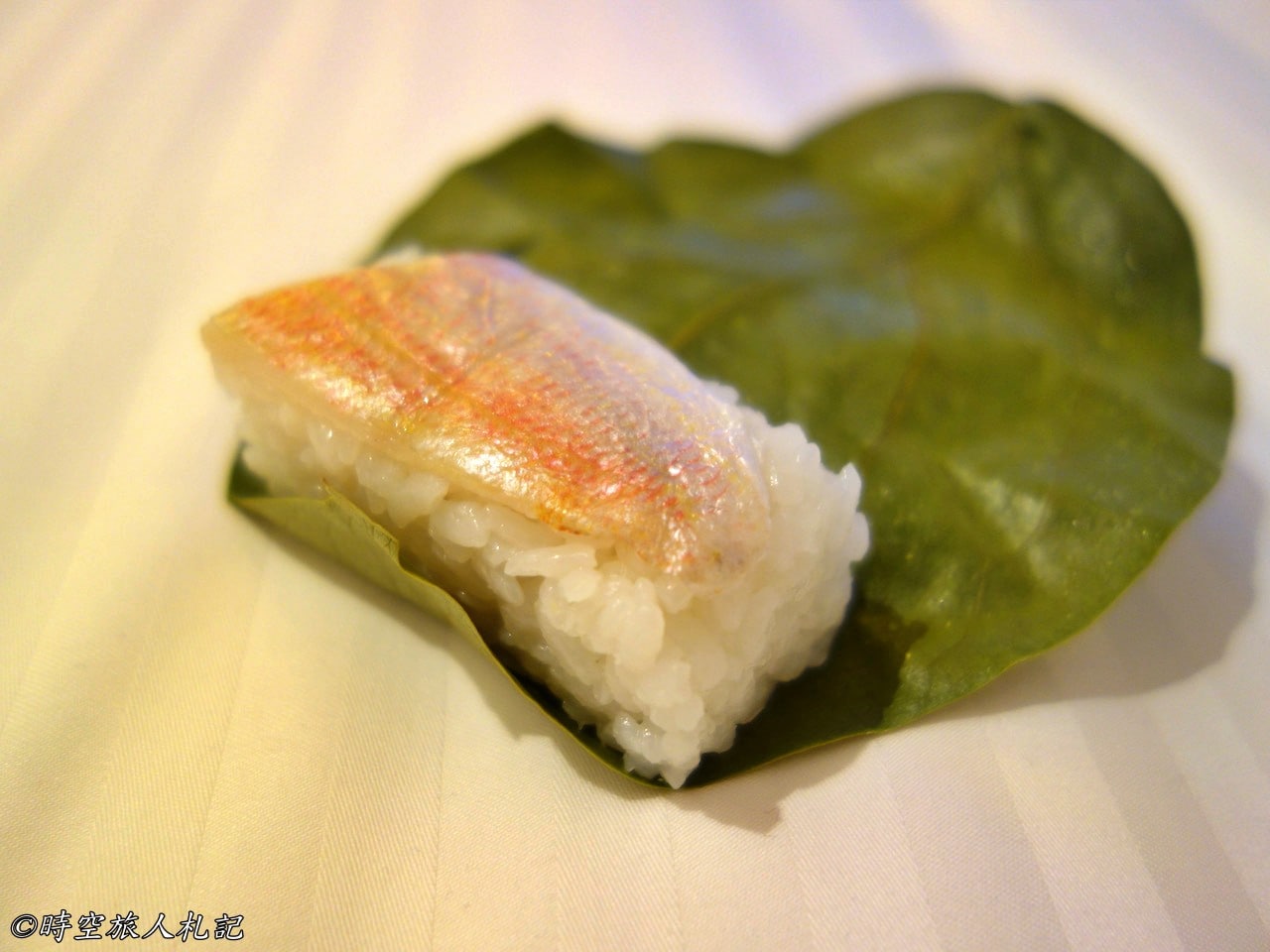
Daibutsu Pudding
- Rating: ⭐️⭐️⭐️⭐️⭐️
- Price: $
Daibutsu Pudding is also a famous Nara specialty, and it’s highly recommended. We bought ours at Kintetsu Nara Station, and fortunately, there wasn’t much of a queue, possibly because it was later in the day. There are many flavors to choose from, but since the pudding needs to be refrigerated, we only selected a few: the classic original, chocolate, sake, and Yamato tea. The pudding is delicious, and the glass jar it comes in is very cute. After finishing the pudding, we even took the jar home as a souvenir.
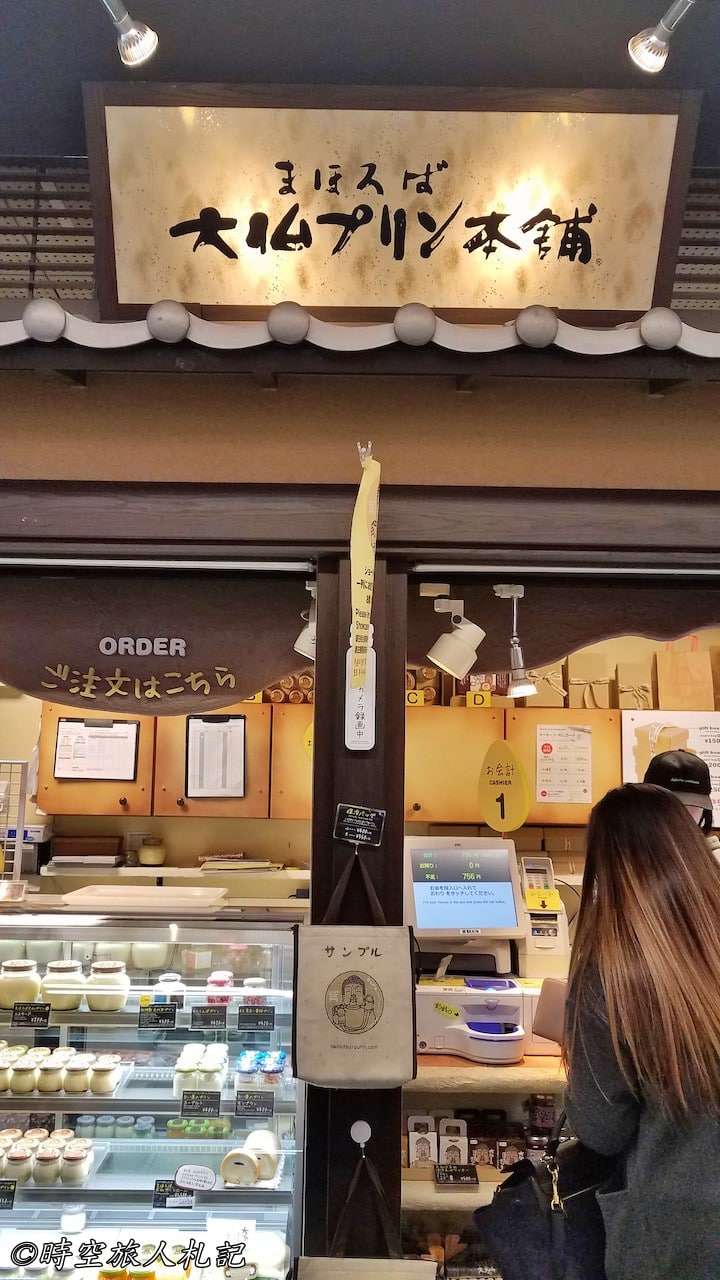

☕ Enjoying my travel notes?
You can Buy me a coffee to support what I do 🙌
Further reading
- More KansaiRelated Posts